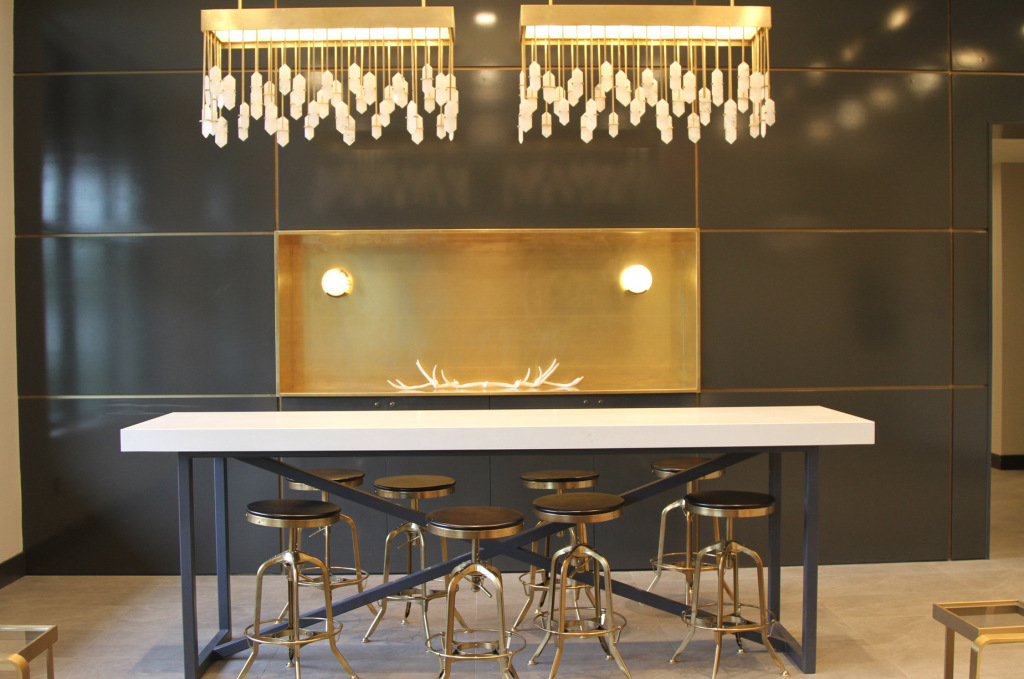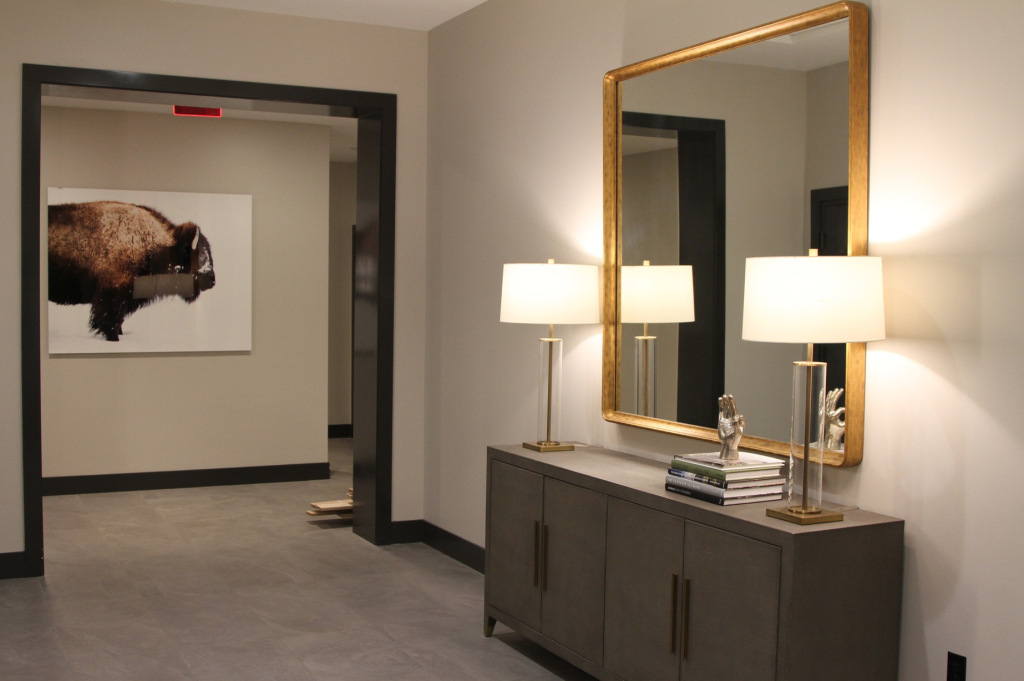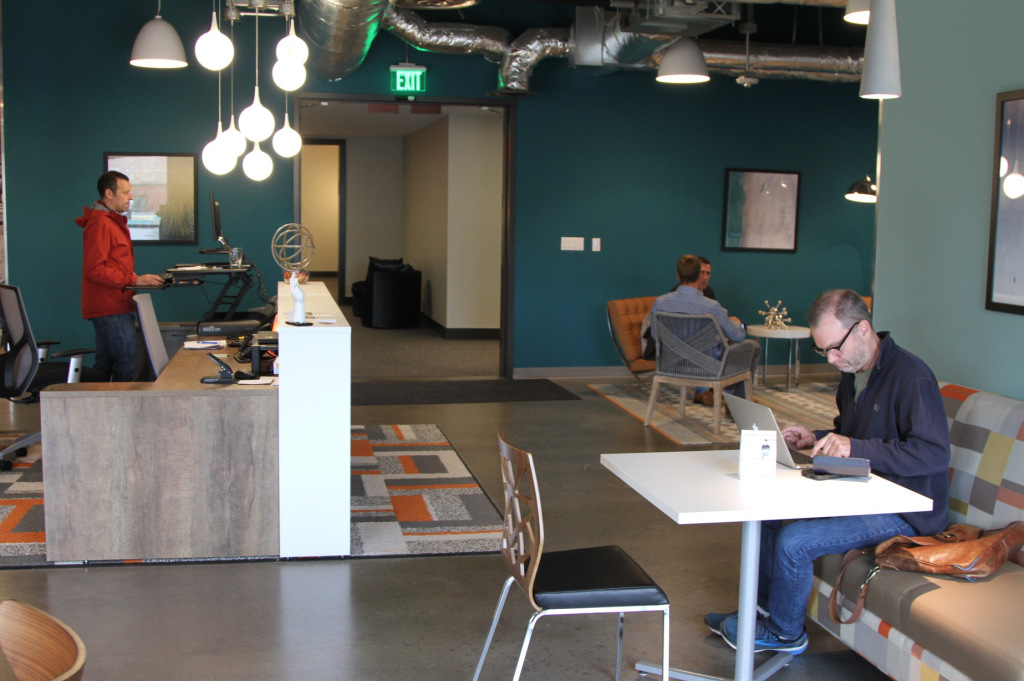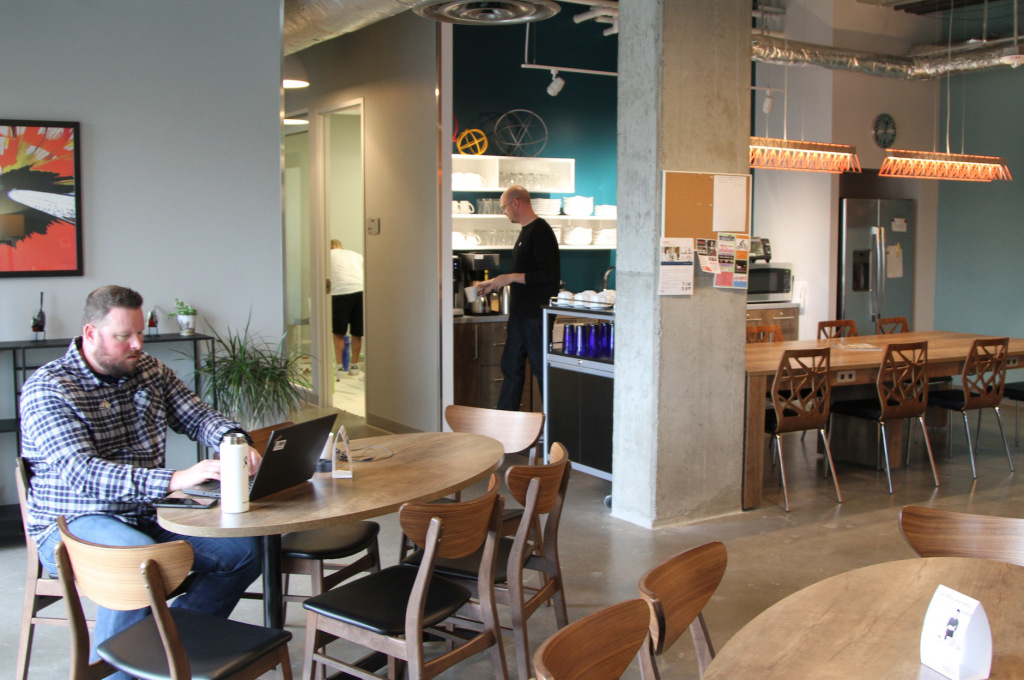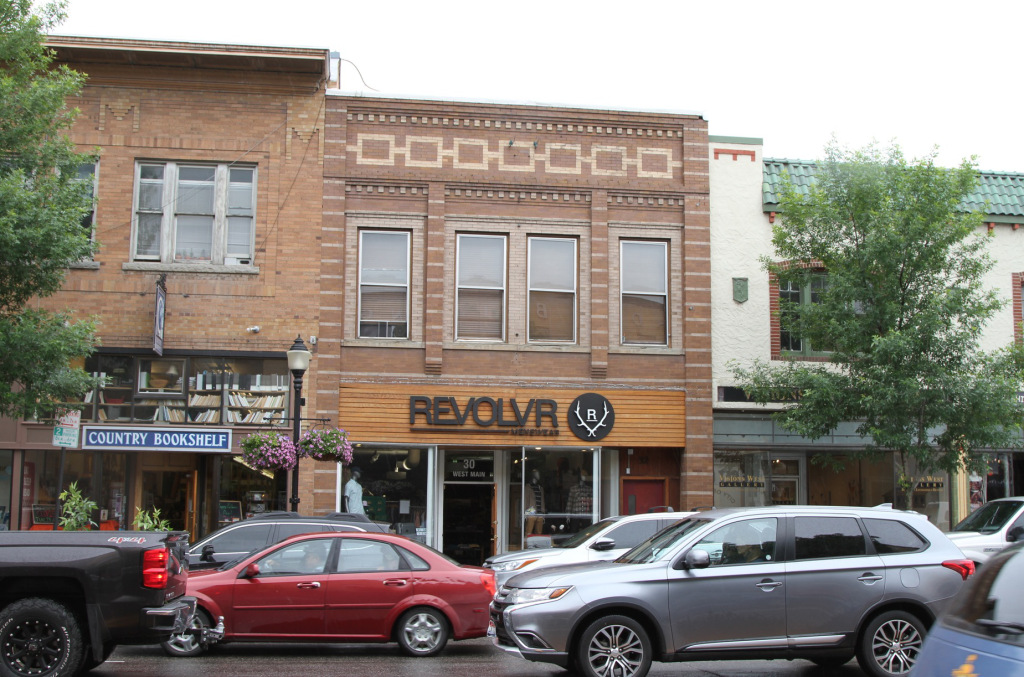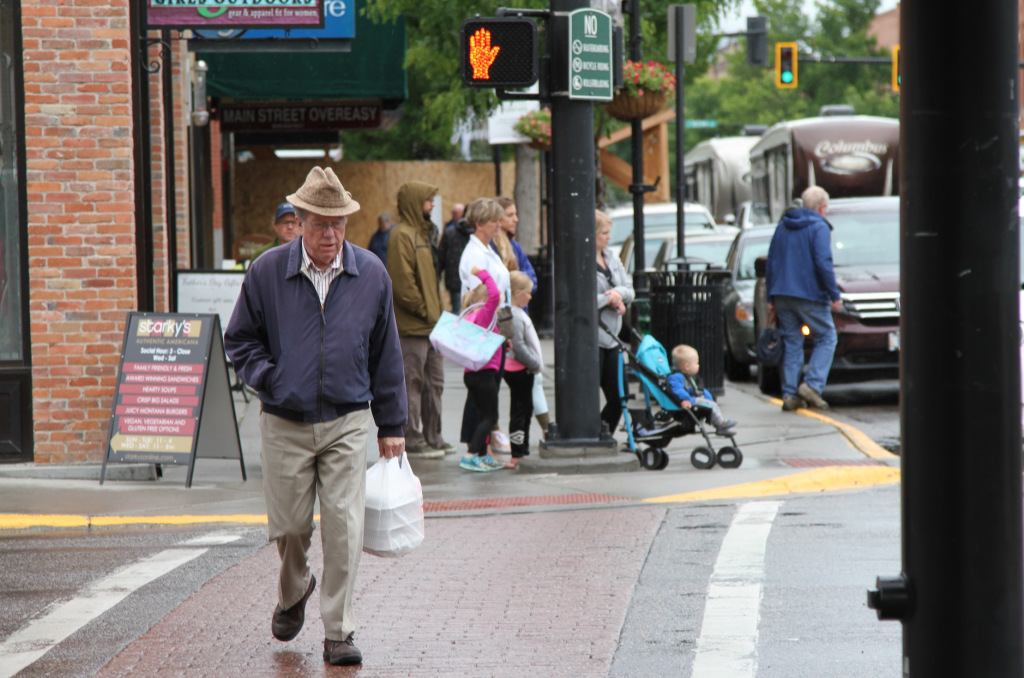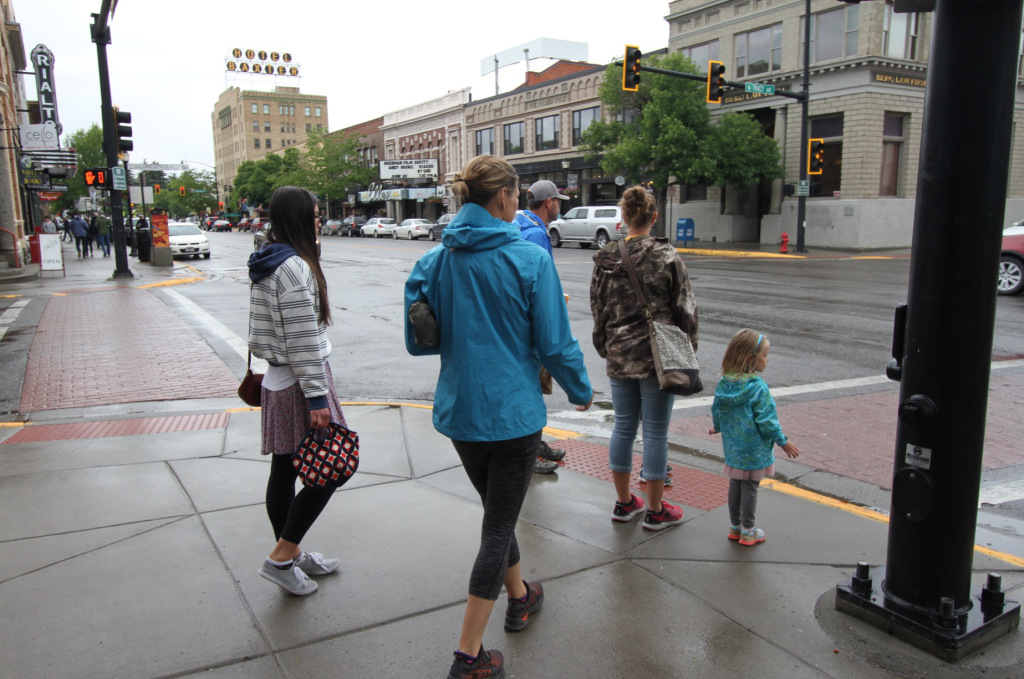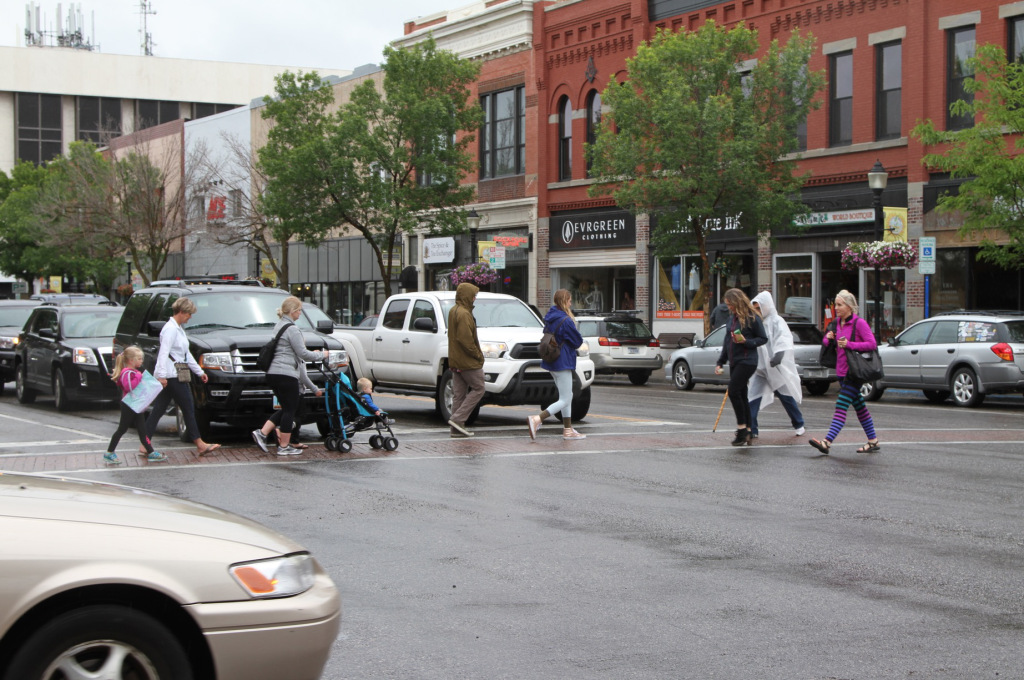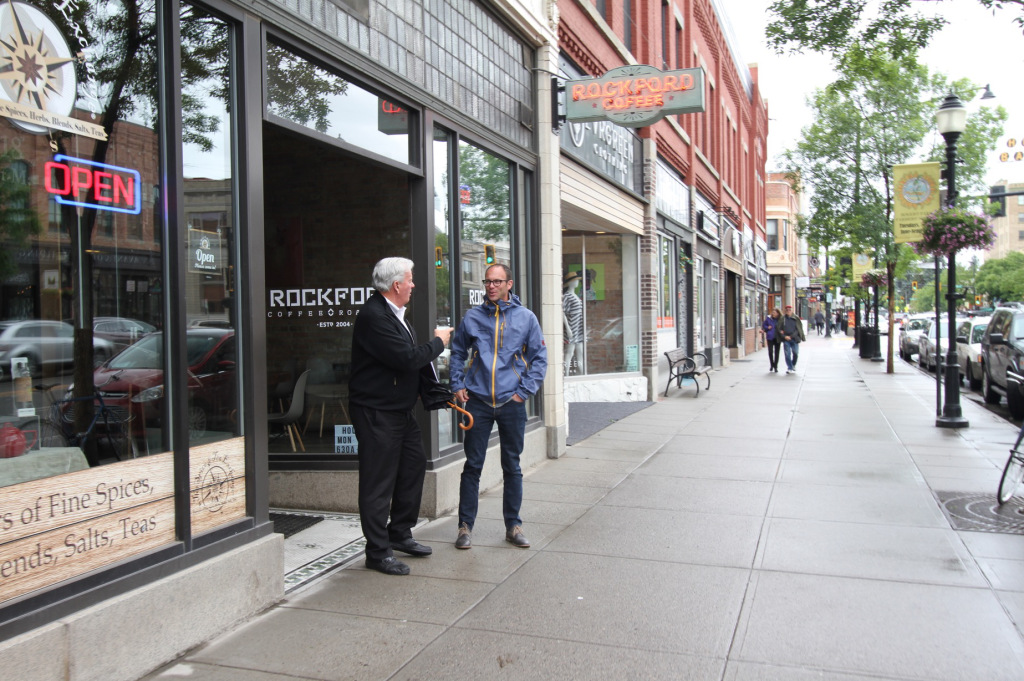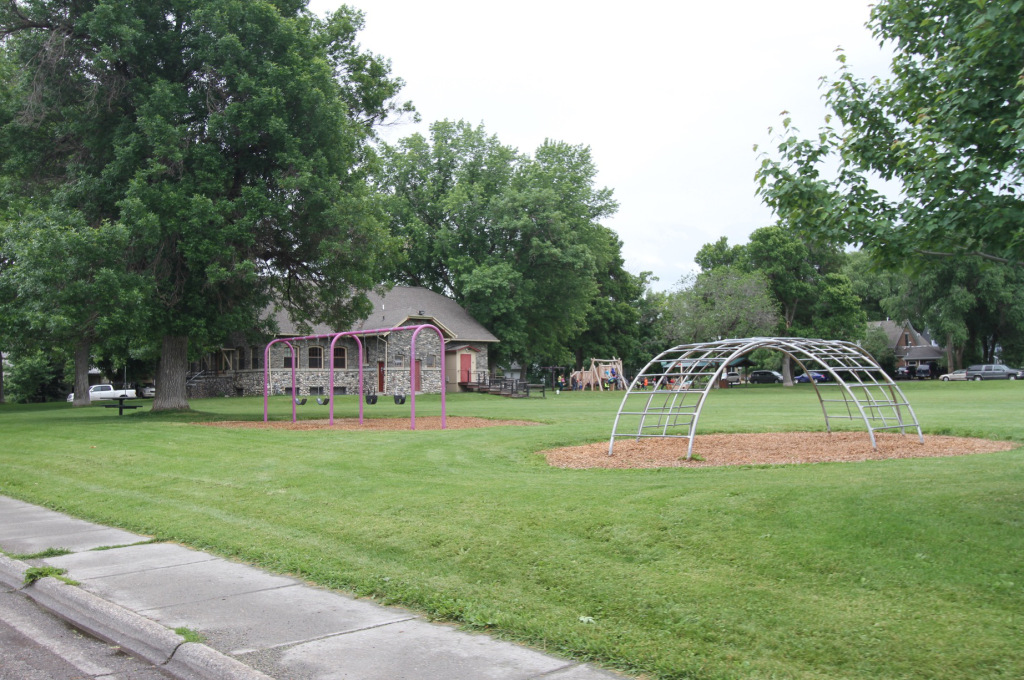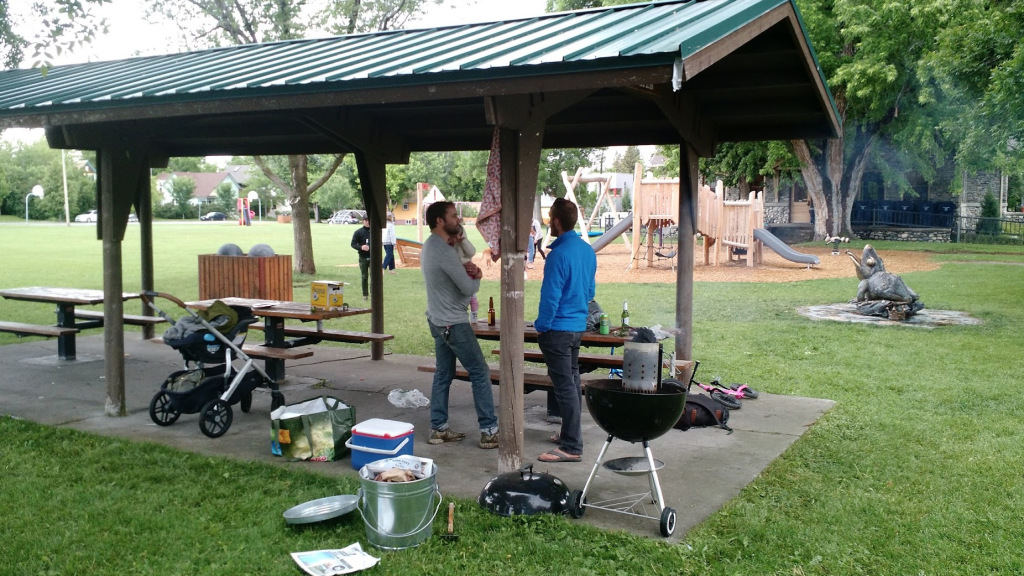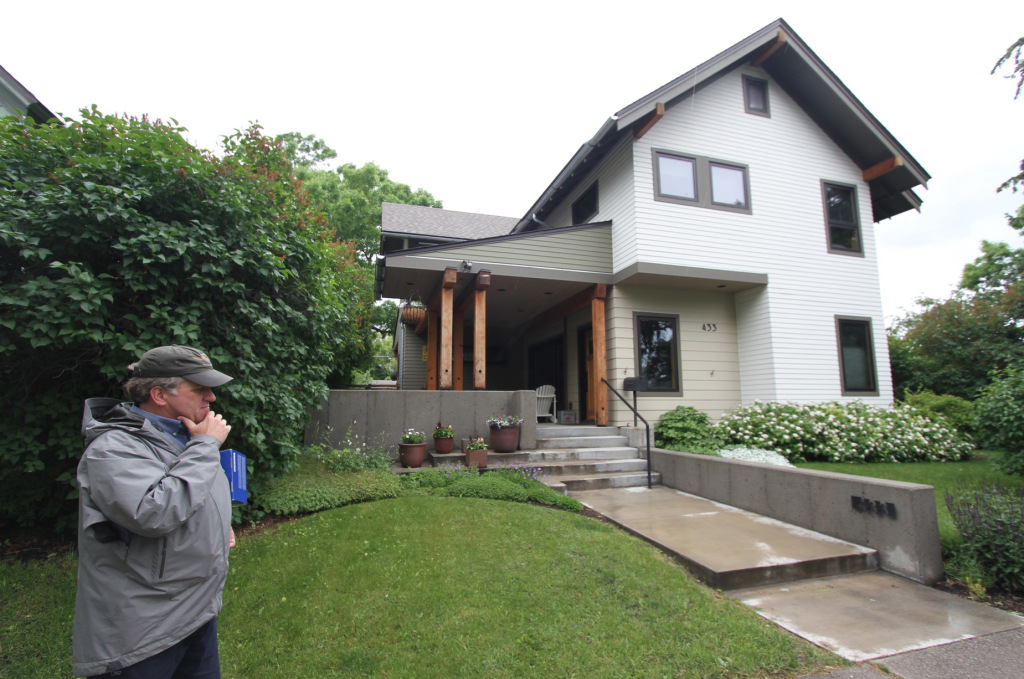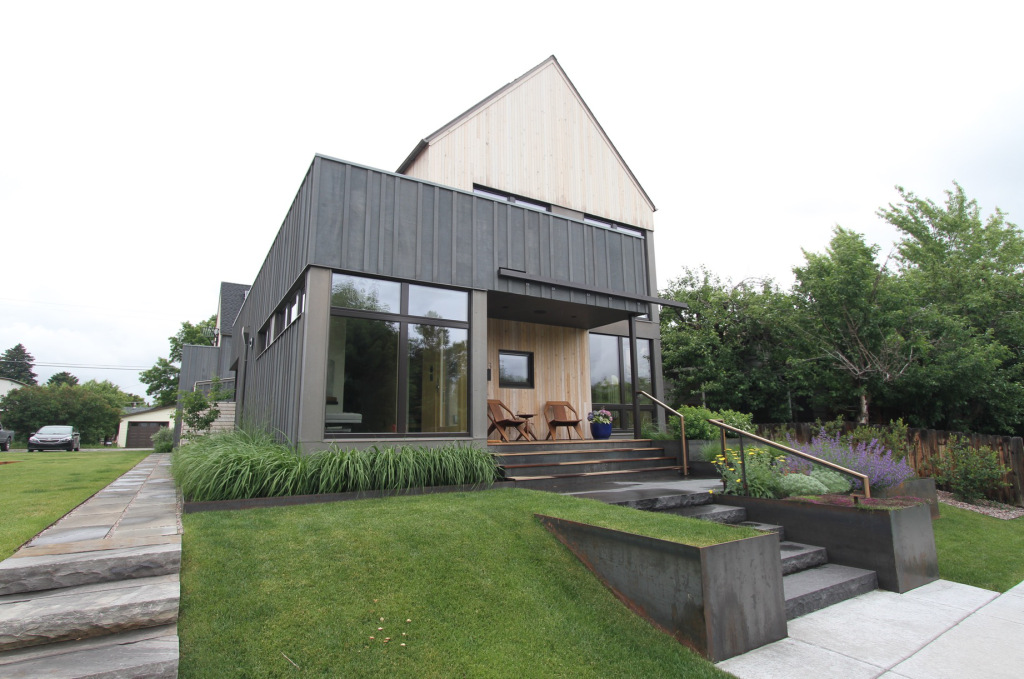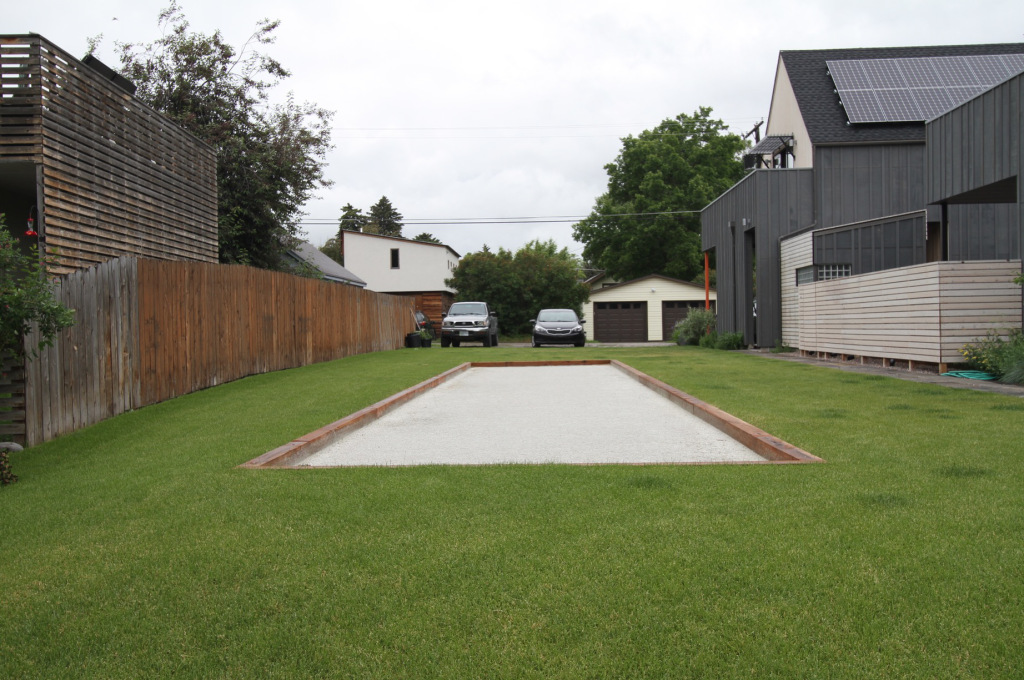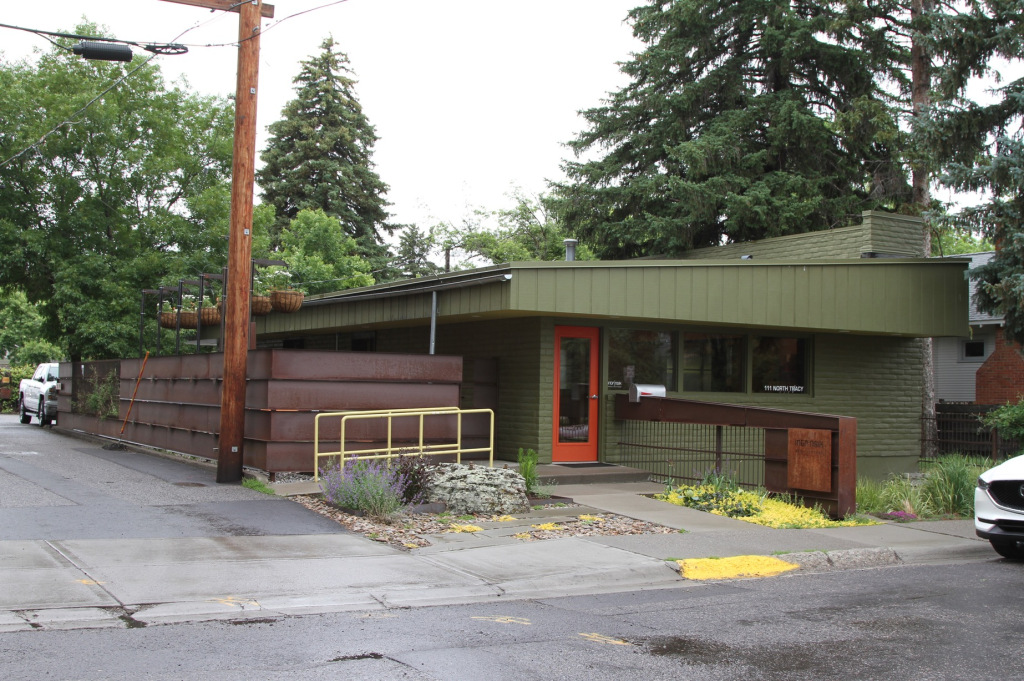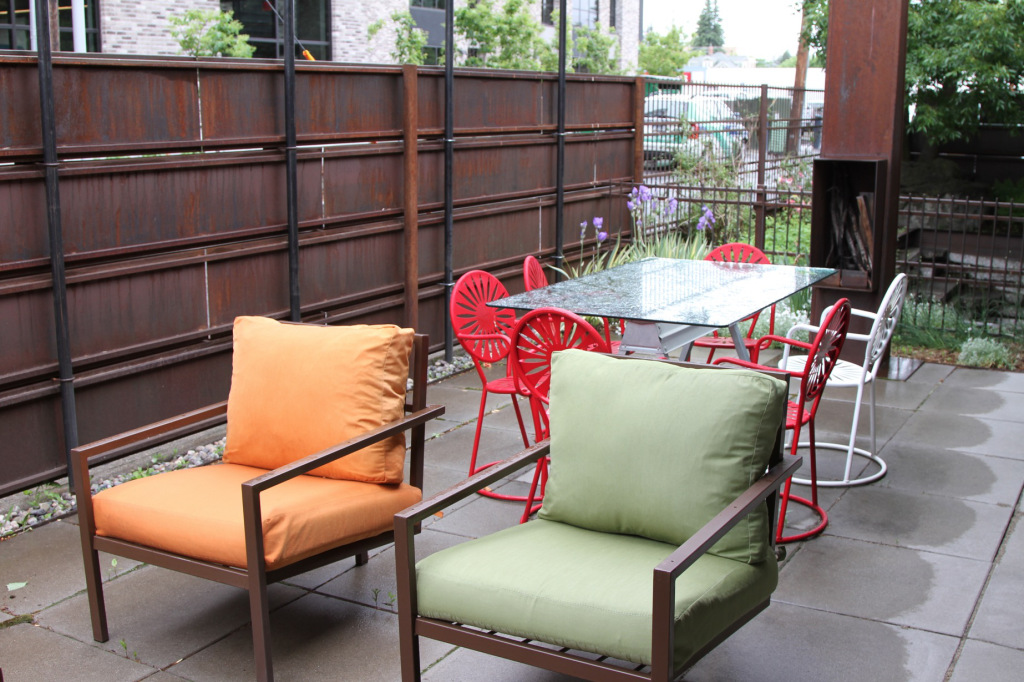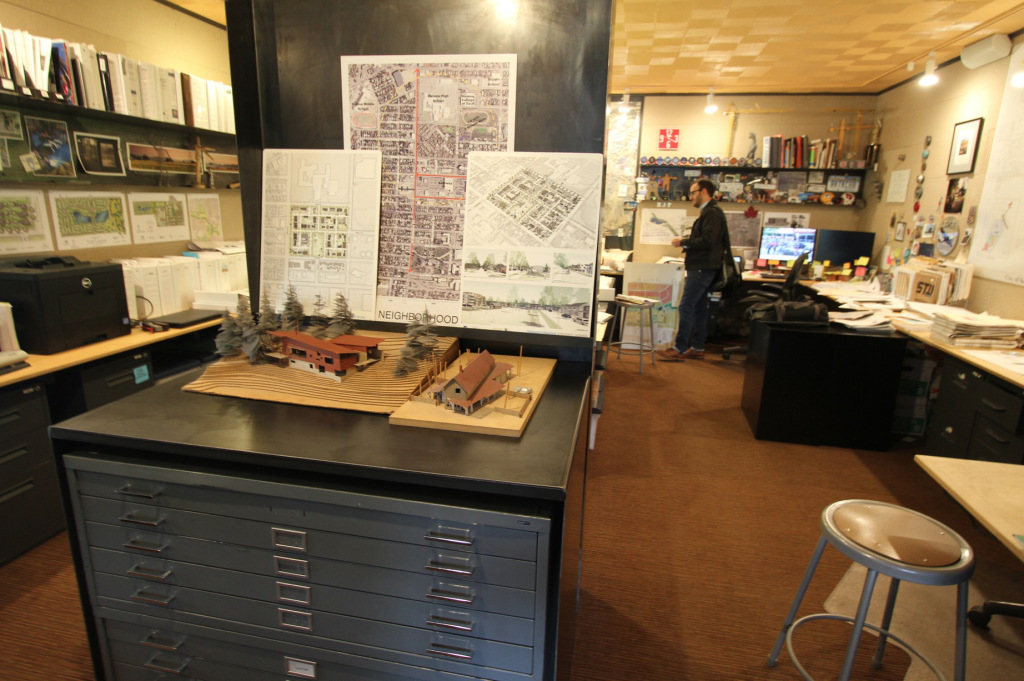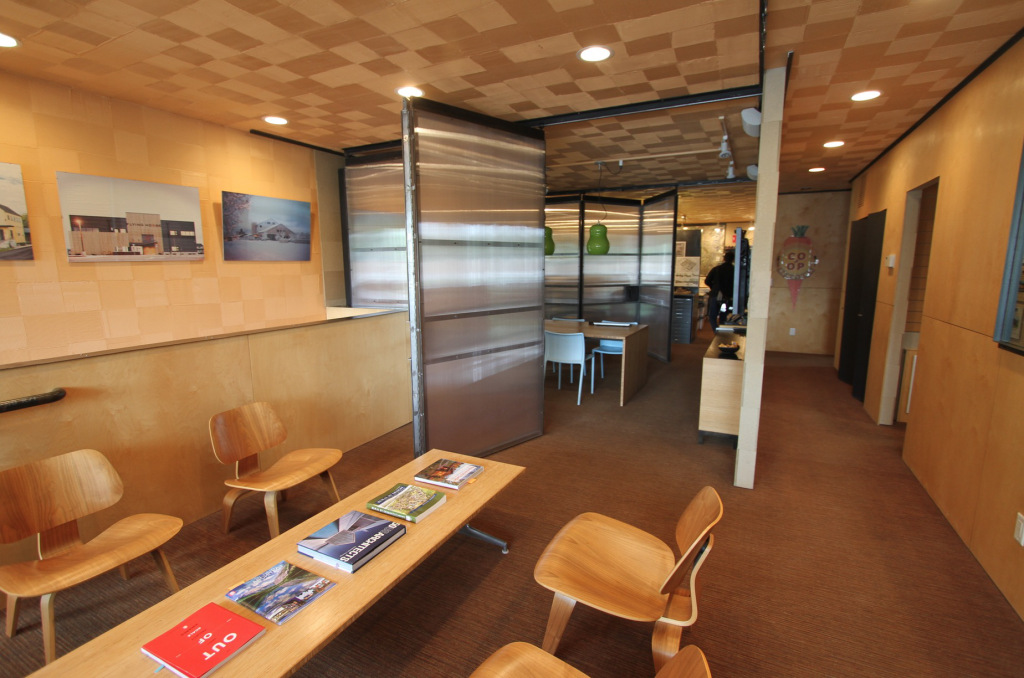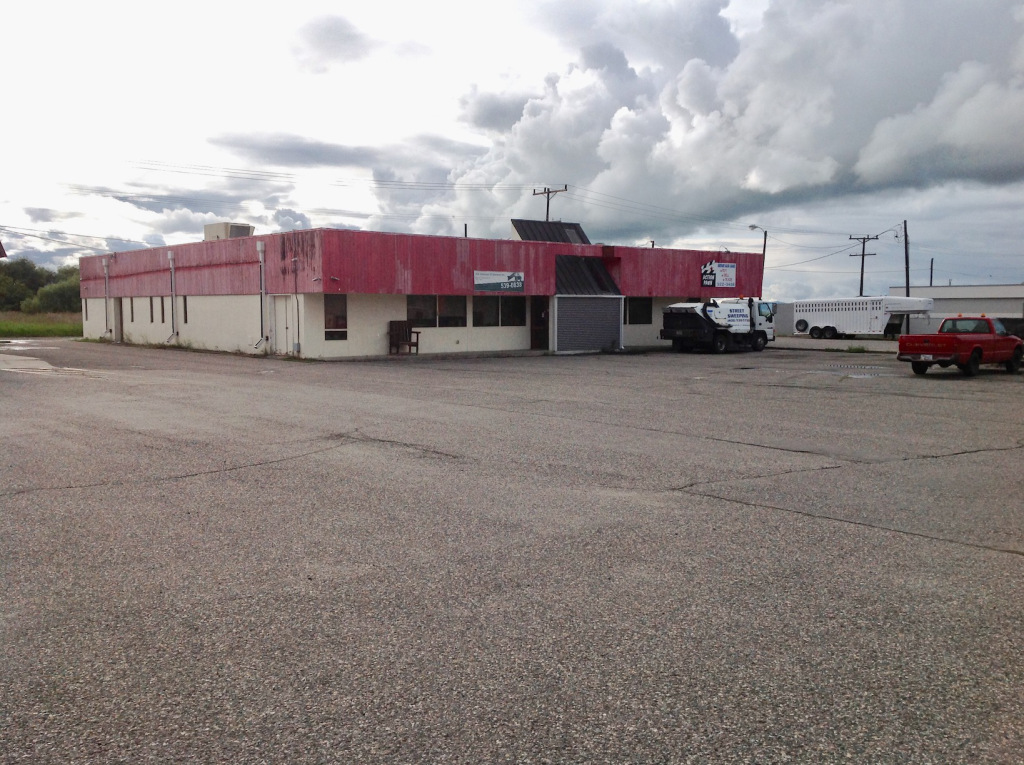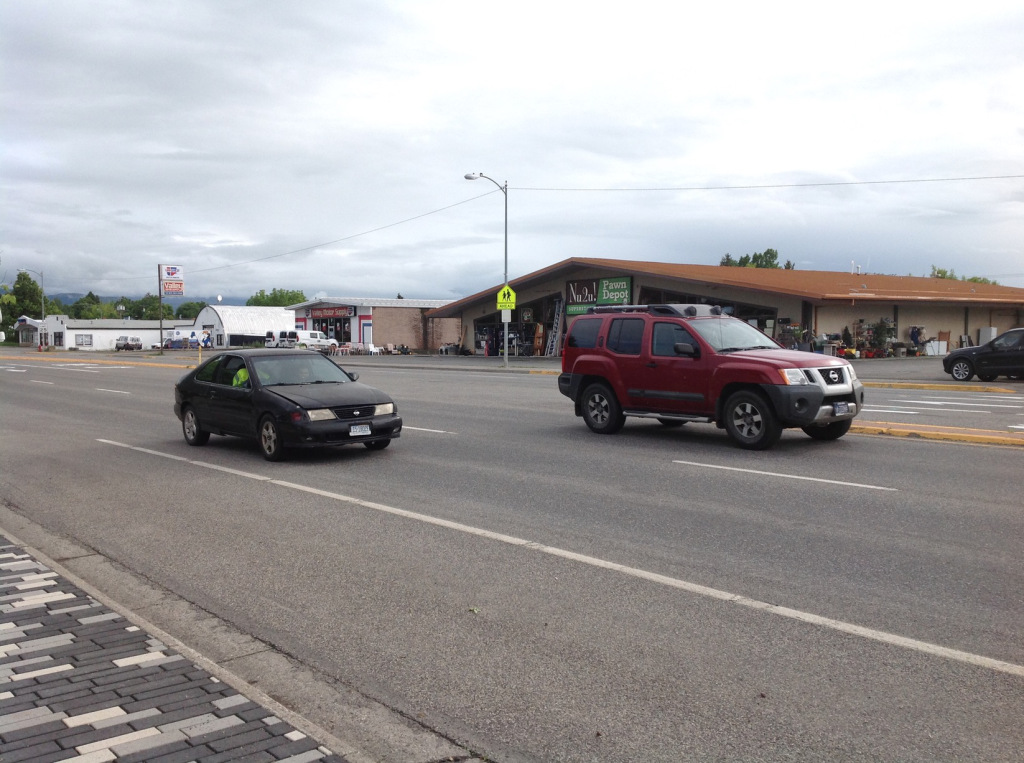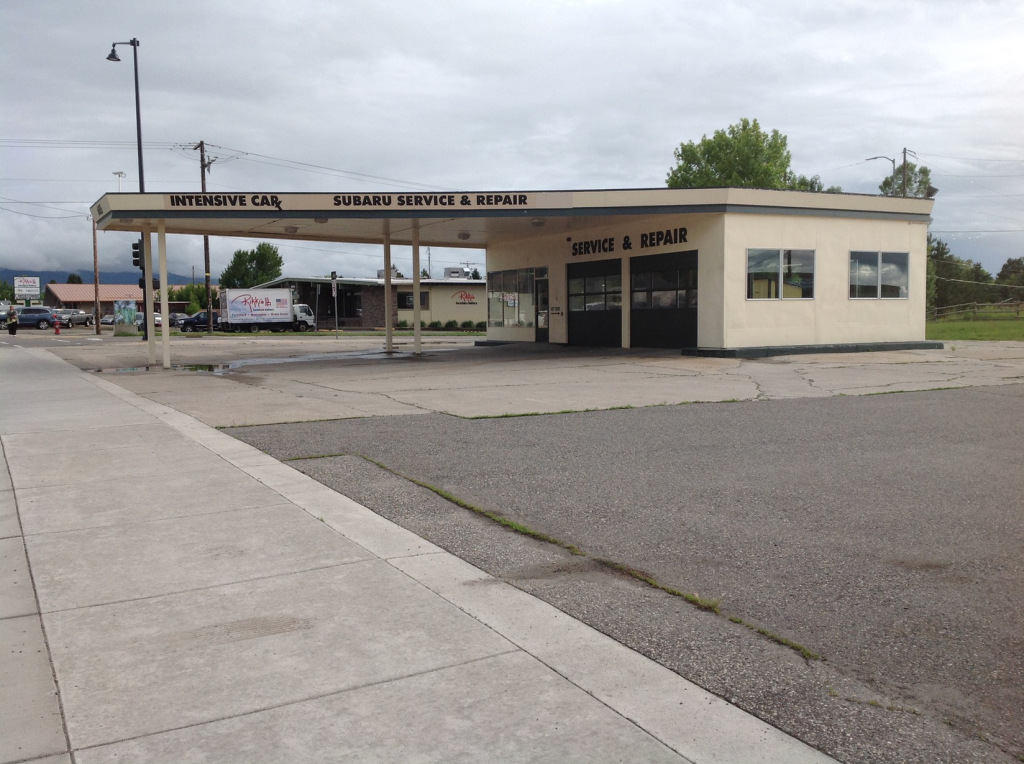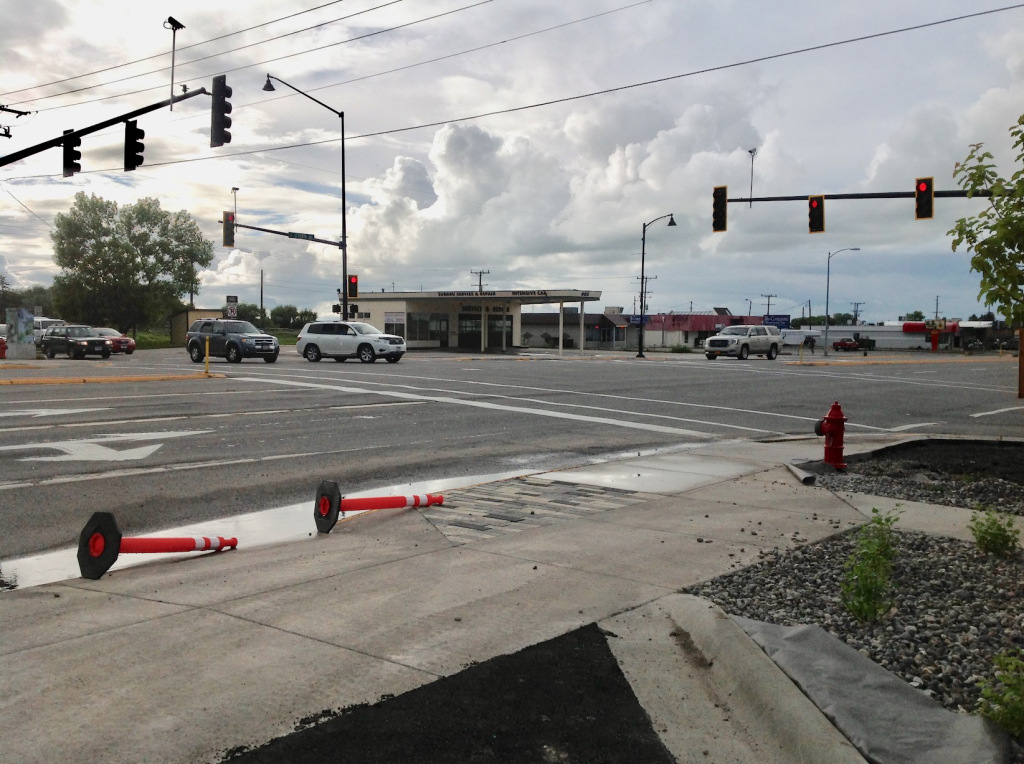Bozeman: A Blessing and a Curse
In the early days of the auto industry, Detroit was a dynamic machine churning out huge numbers of cars with integrated supply chains clustered tightly together around Ford’s River Rouge complex in Dearborn or General Motors’ assembly plant in Hamtramck. But over time, the industry spread out across the landscape, first to nearby states, then to the Deep South, and finally oversees. Spark plugs, brake pads, tires, wind shields, transmissions, and eventually entire vehicles were fabricated and assembled elsewhere. Today, the auto industry is everywhere and nowhere.
The same dynamic is evident with film making as Los Angeles loses market share to a long list of locations from Vancouver to Louisiana to New Zealand. The high value professions still center around LA where deals are cut and flesh is pressed. But ever more work is outsourced to wherever talent wants to be or where the best subsidies and tax holidays are offered. No one film is made entirely in any one location anymore.
I just returned from a week in Bozeman, Montana. San Francisco-based tech companies are well down the road paved by Detroit and LA. The Bay Area has reached a saturation point where the exorbitant cost of real estate is creating a painful bottleneck. Executives and the better compensated rank and file can afford a comfortable life if they’re fed a steady diet of stock options and Initial Public Offerings. It’s the bonuses and lump sum payouts that fuel the marginal increases in property sales, not wages.
But lower down, even couples with each partner earning $100,000 struggle to afford rent or pull together a down payment on a starter home that will cost north of a million bucks. Do I need to describe the situation for minimum wage workers living on a collection of part time $15 an hour gigs?
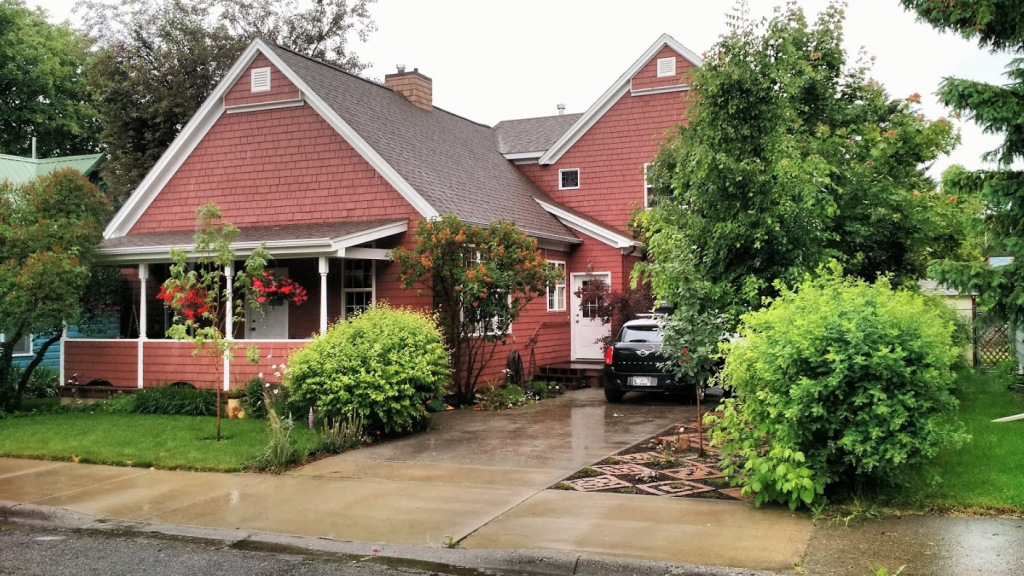
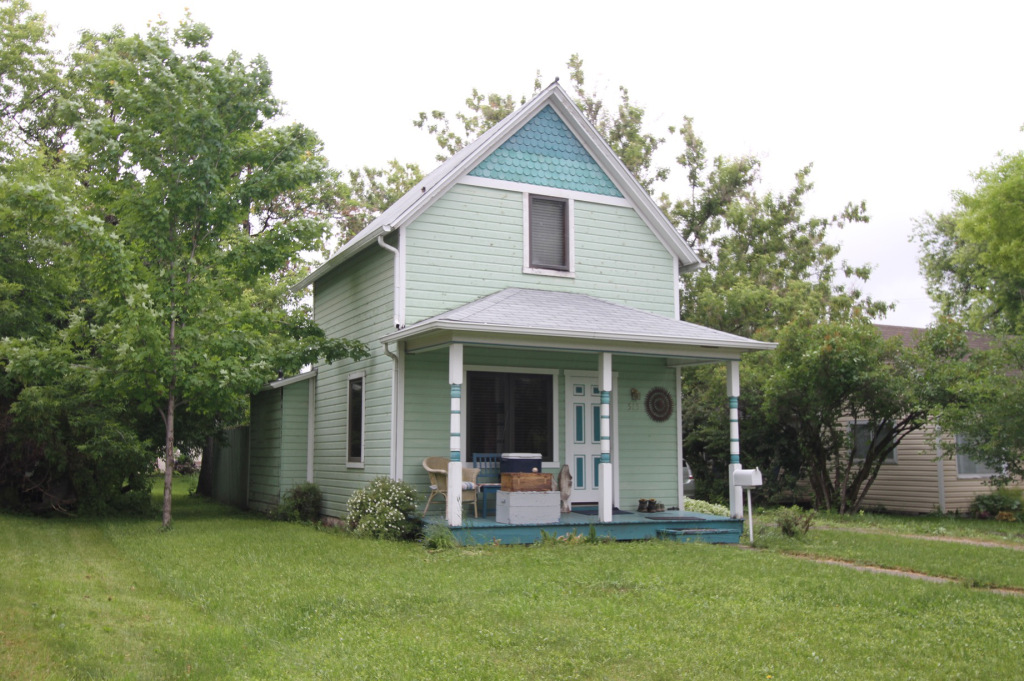
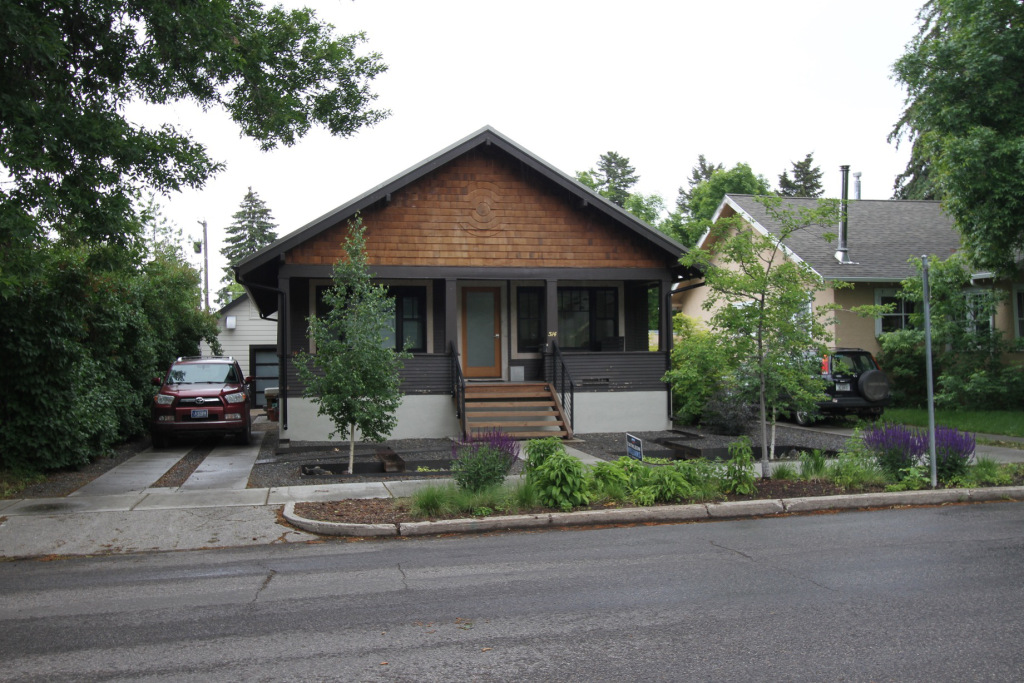
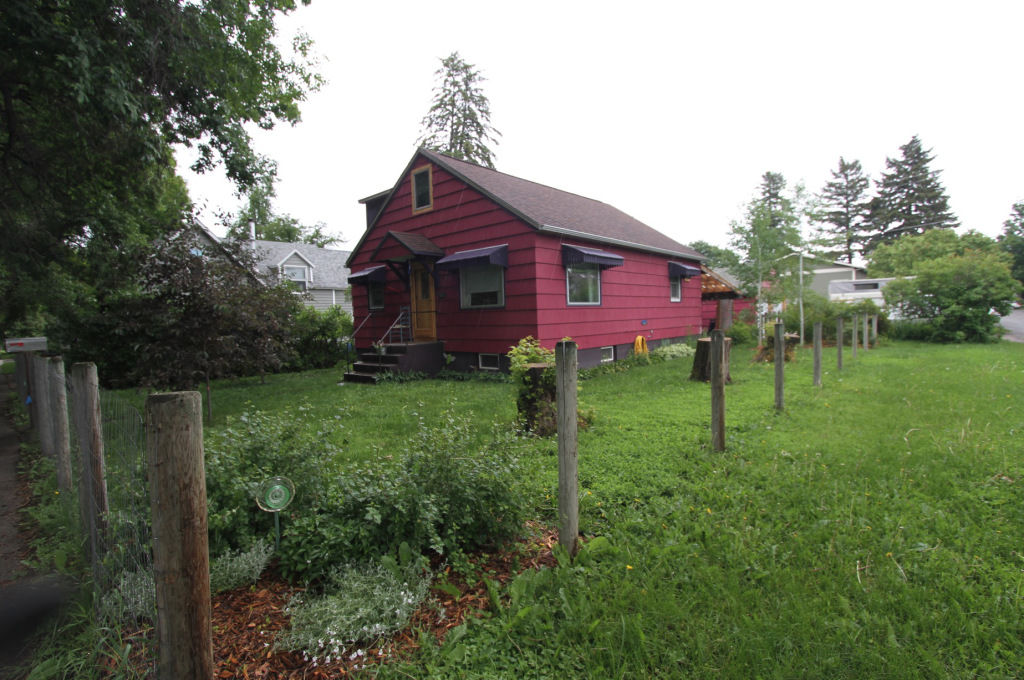

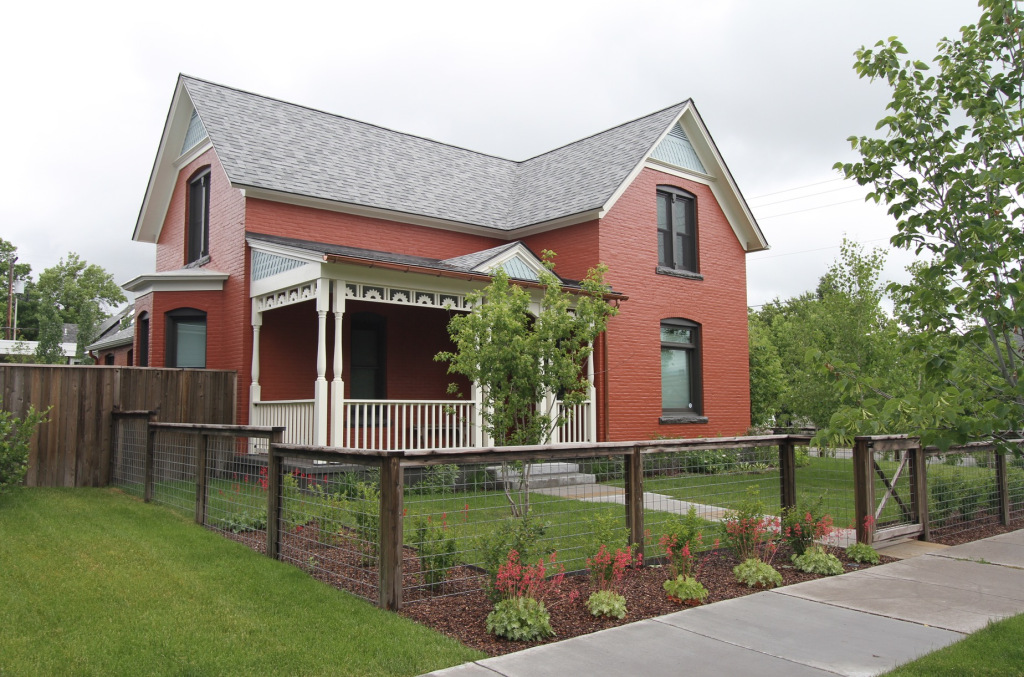
Talent is choosing to relocate to desirable, but less expensive places. Bozeman, with a median home price of $402,000, breathtaking natural scenery, a state university, a charming downtown, and a pretty good airport is very tempting. And the ones and zeros on your screen don’t care where you live. Neither do the folks back at headquarters in San Francisco. In fact, more than a few executives have second homes in Bozeman, so a branch office there makes perfect sense.
Bozeman has a traditional Main Street that dates back to the late 1800s. This provides just enough of a downtown core (by my estimation, about eight blocks long with the majority of the buildings being two stories tall) to meet the needs of people who enjoy aspects of city life, but at a more manageable scale.
A public park on a quiet residential street just a few blocks off Main Street provides an ideal family environment. The young parents who gathered with their children were chatting about the relative merits of San Mateo vs. Cupertino from a comfortable 1,200 mile distance outside of California. There was a palpable shift in tone from the panic of arm wrestling competing cash offers at $200,000 over the asking price. Then again, there were the murmurs of locals off in the distance who are now permanently priced out of their own home town due to the influx of new money. Ask anyone who already owns property or a thriving merchant or tradesman and you get a more sanguine response to the current boom.
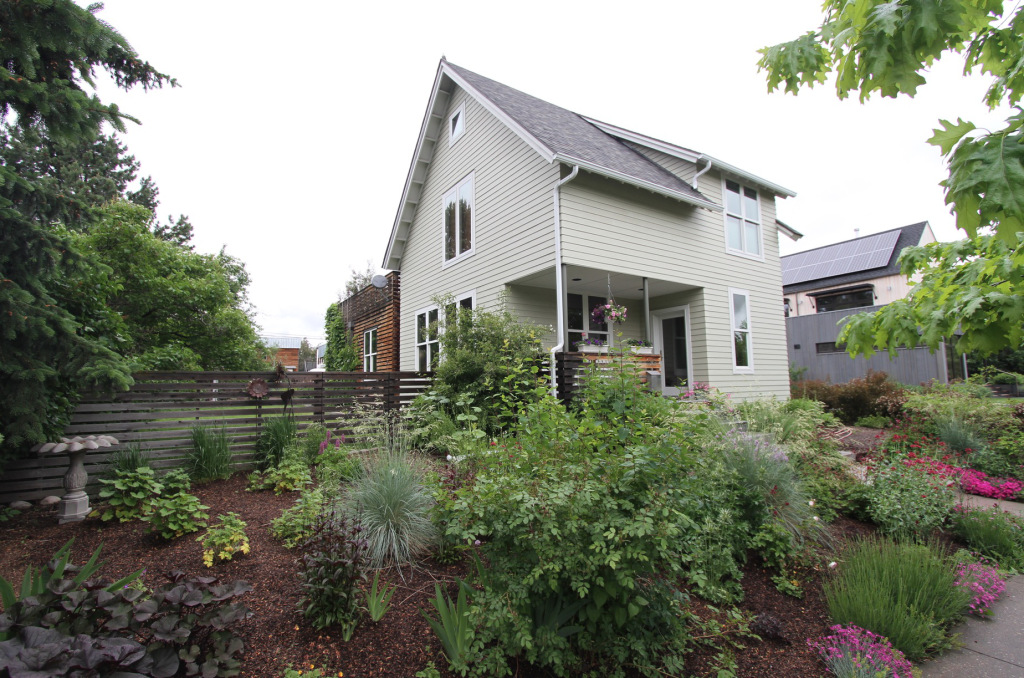
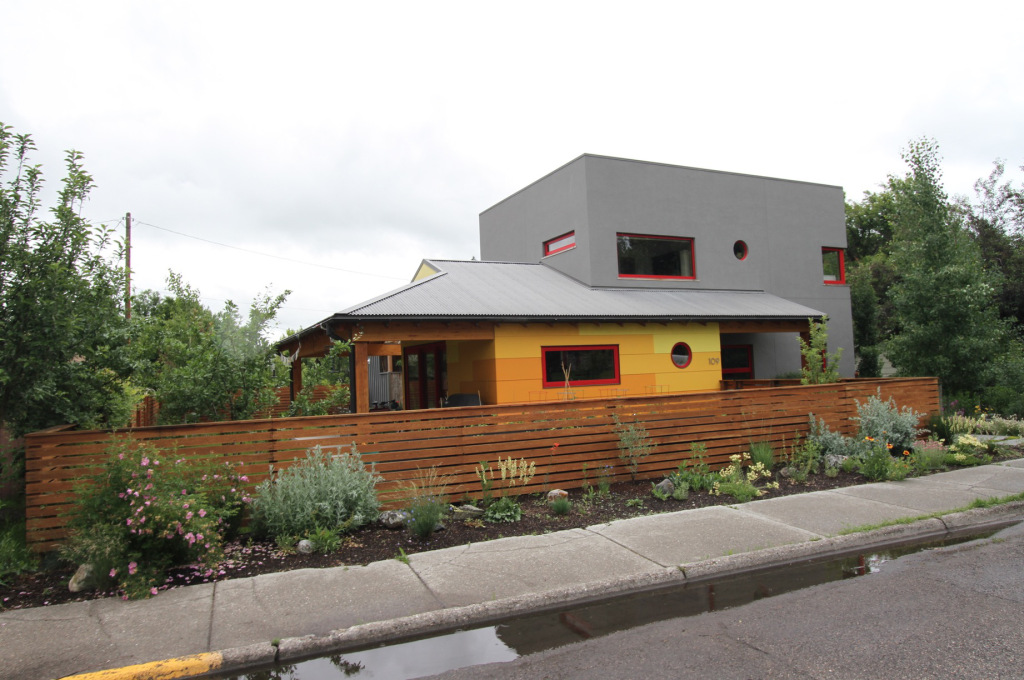
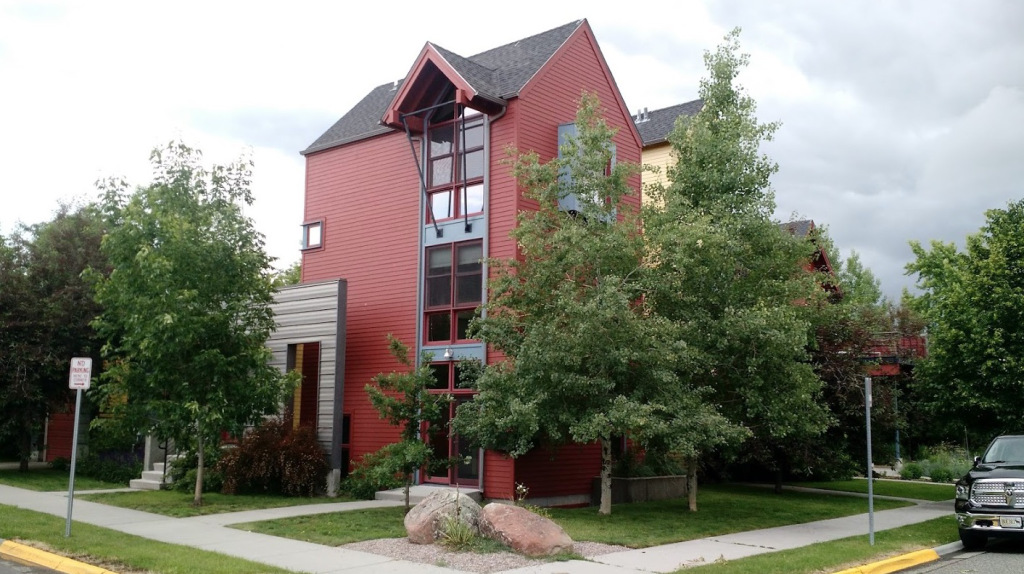
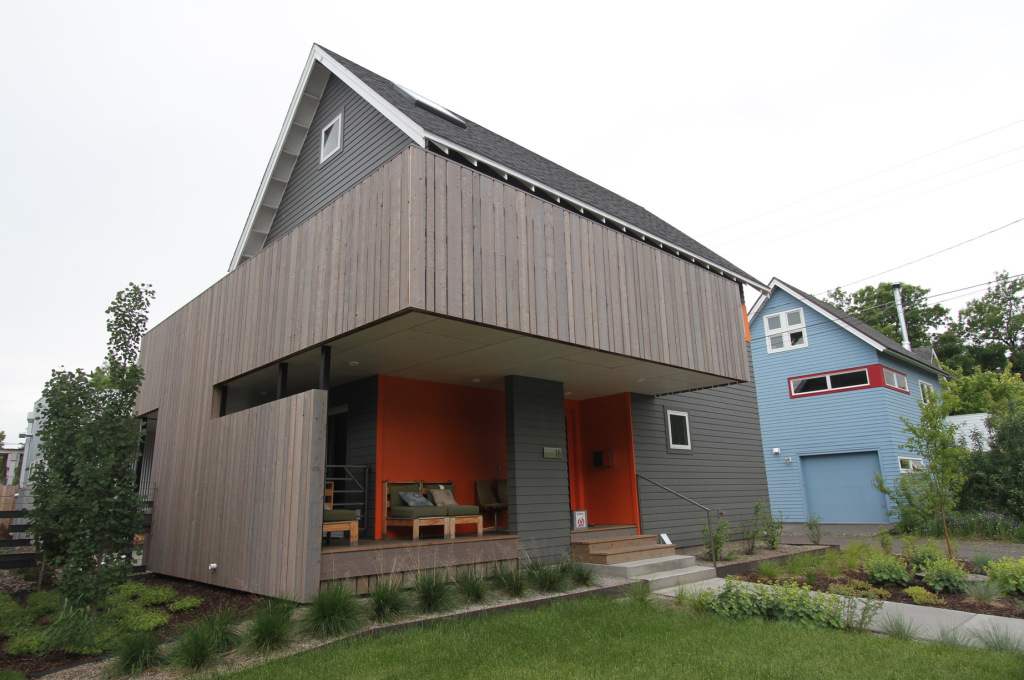
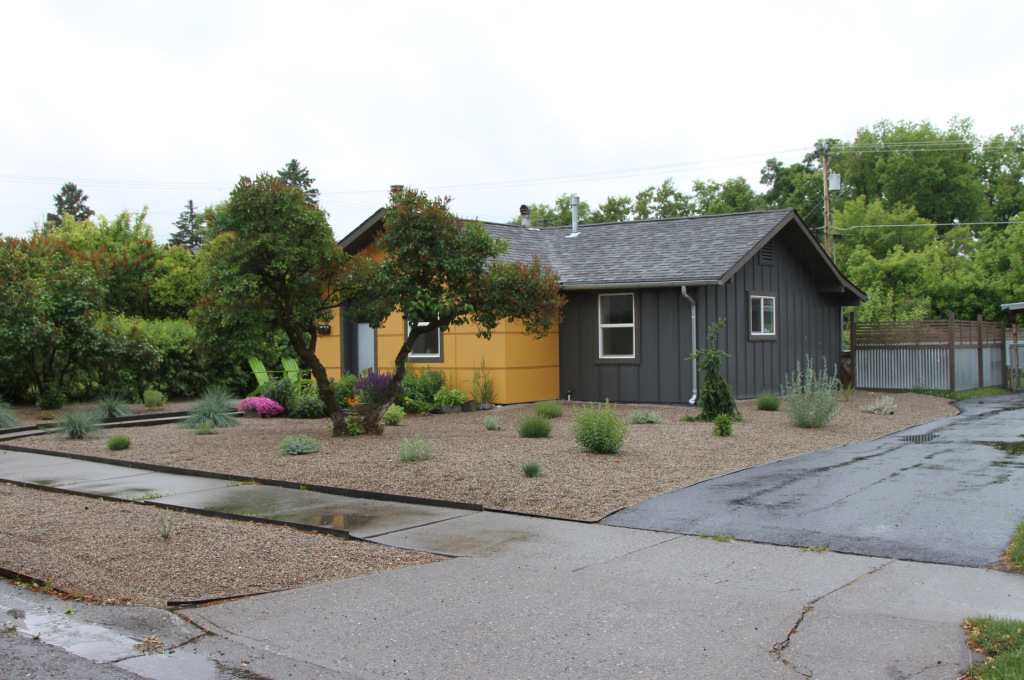
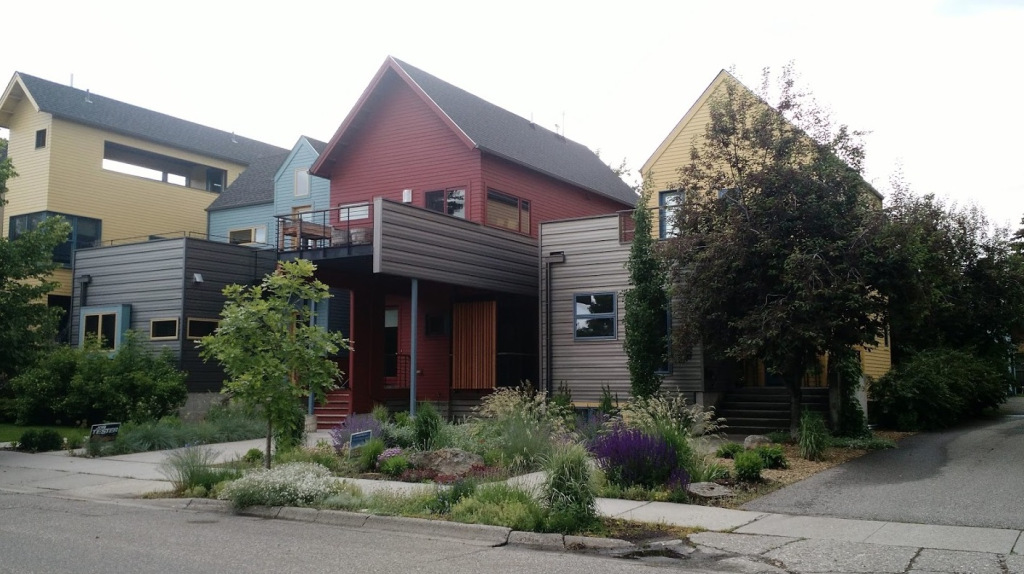
I noticed many of the older homes were getting complete renovations or were being demolished to make way for better quality homes. The cost of repairing an eighty- or hundred-year-old property often exceeds its market value in a town with a stagnant economy, particularly if that building wasn’t especially well built to begin with. Add a cash infusion from a wave of prosperous migrants and suddenly all sorts of upgrades are viable.
I had the good fortune to chat with a local architect who’s lived in Bozeman for nearly thirty years. He and his firm designed many of the new structures in the neighborhood. I asked him about the usual regulatory procedures: historic preservation committees, zoning restrictions, building codes, Upright Citizens Brigades, and the political dynamics that go along with all of the above.
He pointed to the above home as a demonstration of what is and isn’t possible. The house, aside from being a beautiful blend of traditional and modern elements, is hyper energy efficient even in Montana’s brutal winters. The lot is clearly large enough to accommodate two generously proportioned high quality homes – and the historic pattern in the neighborhood supports this form of infill development. But the present setback requirements and codes only permit one house on the lot. So he pushed the building as far to one side as possible and installed a bocce ball court in the space where a future home might go if officials ever change the rules.
Back at the Intrinsik Architecture office, I chatted with a young guy who sympathized with some of my sentiments. It’s easier to give an existing sixty-year-old nondescript office building a good quality skin job than try and build something from scratch. As much as many people might prefer to be in town, the overlapping regulatory constraints favor new construction out in the county beyond the municipal border.
All sorts of wonderful things are possible if enough time, money, technical skill, and political persuasion are available. But mostly you just have to get creative and suck up what’s allowed and affordable at room temperature.

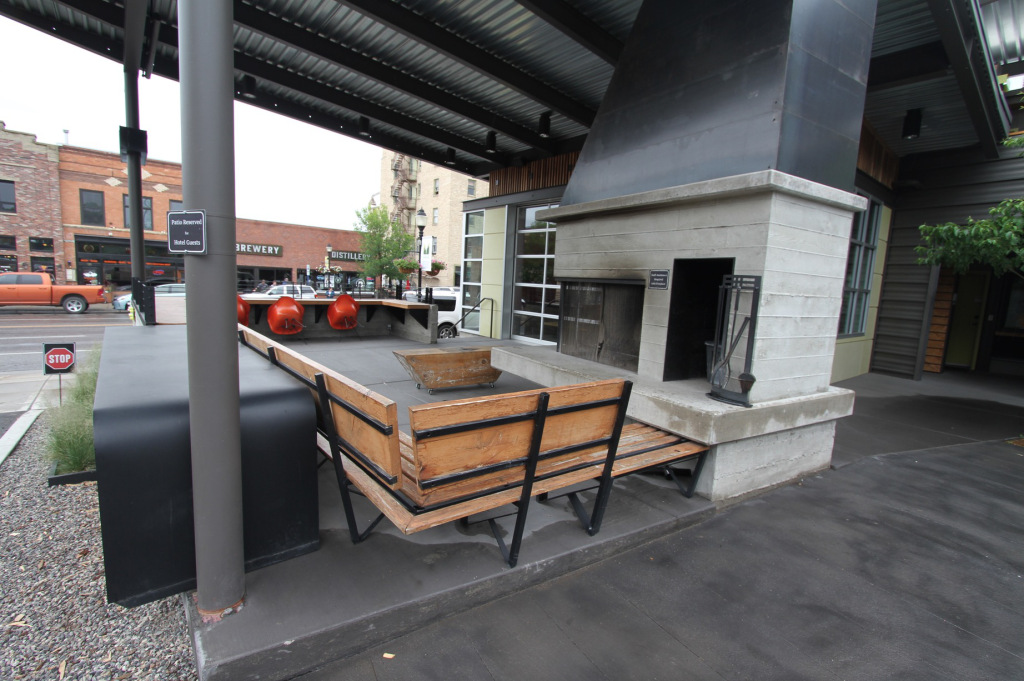
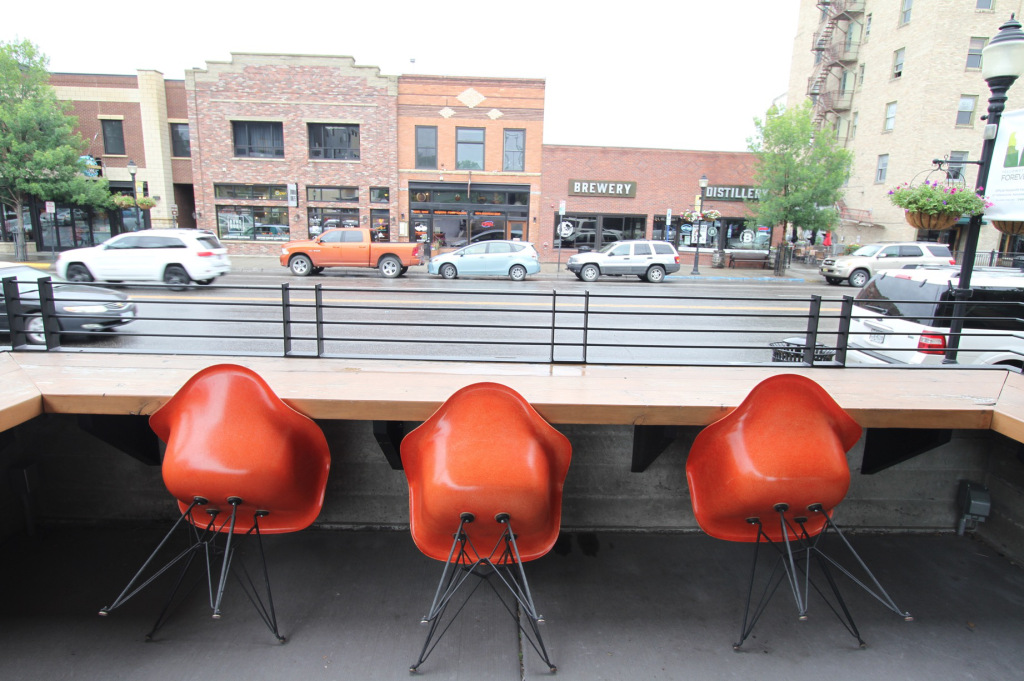
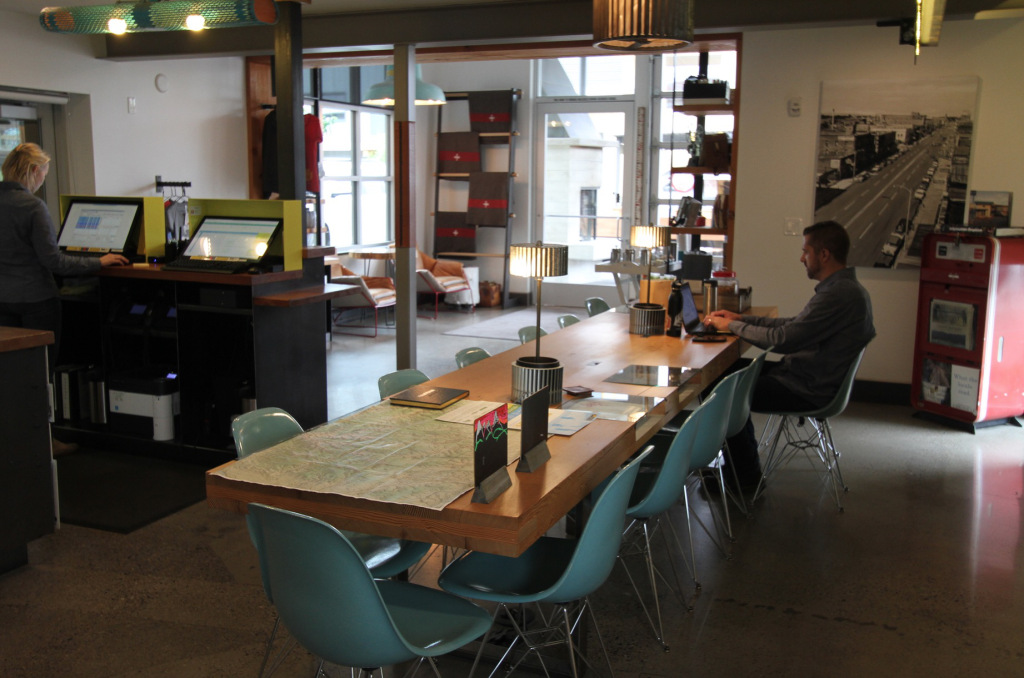
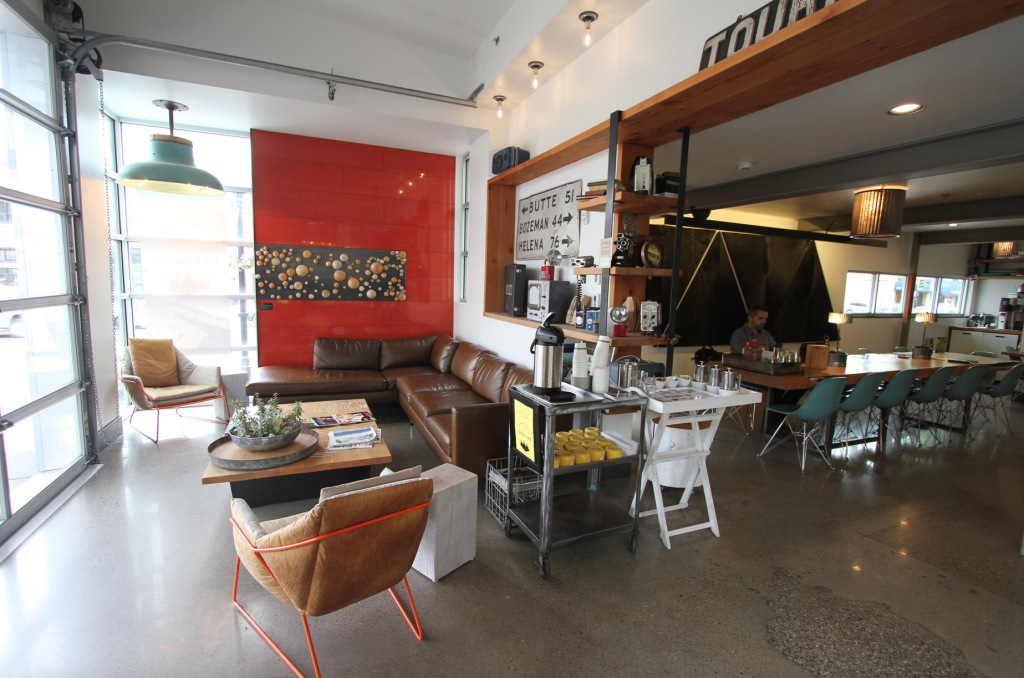
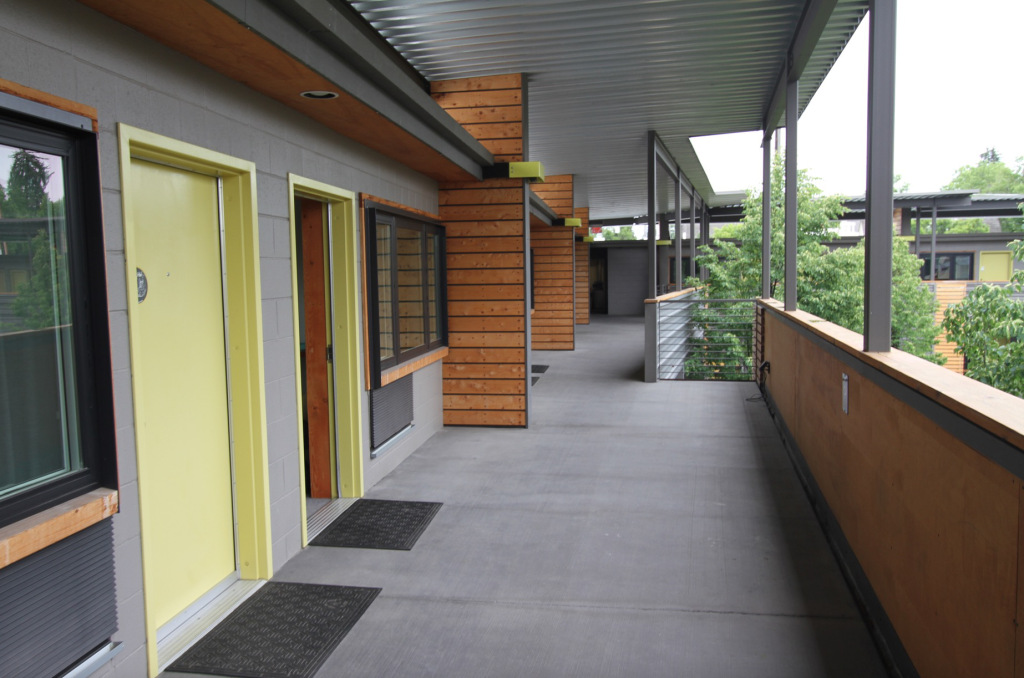
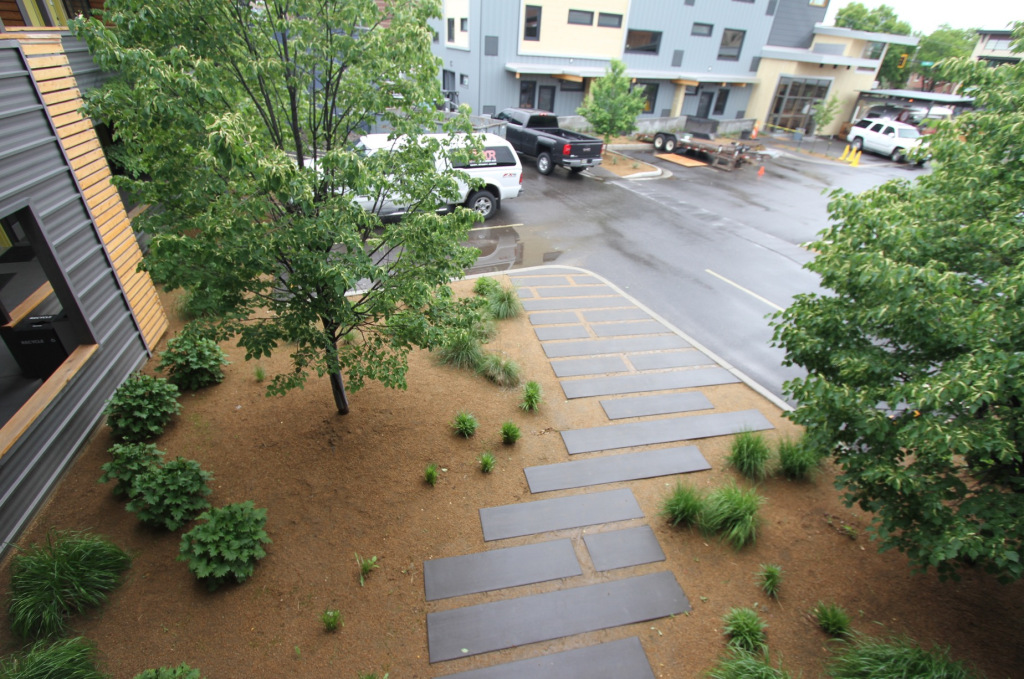
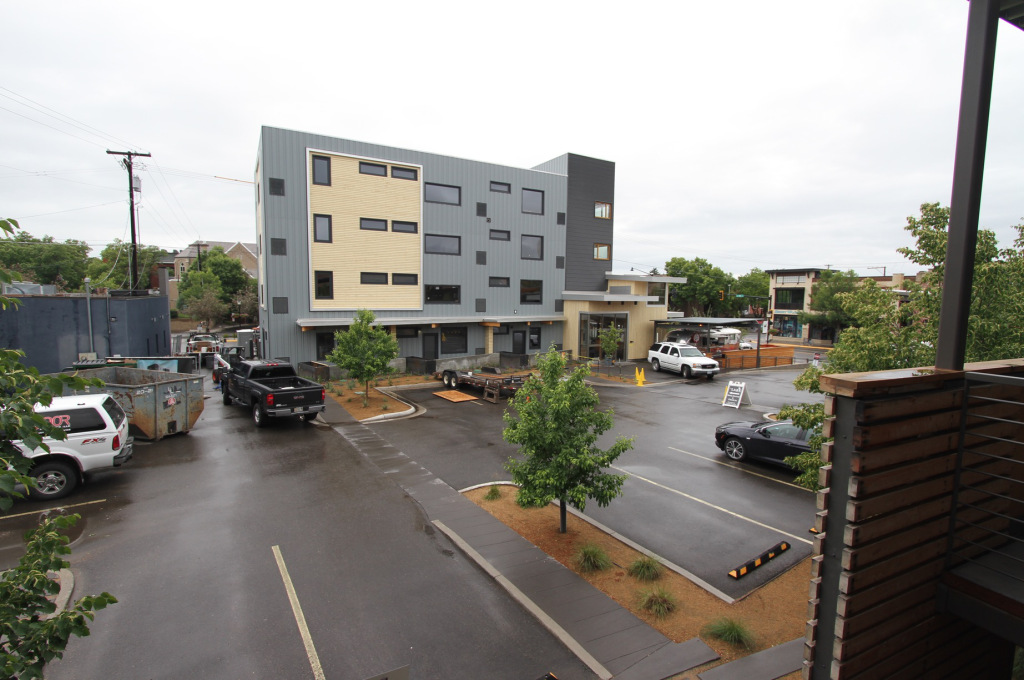
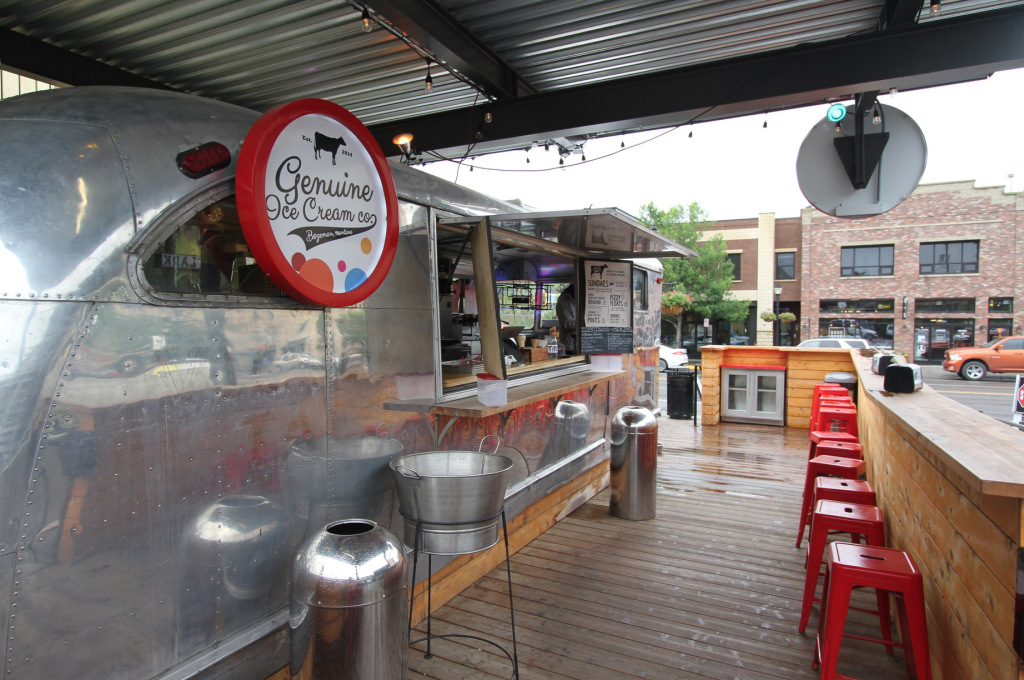
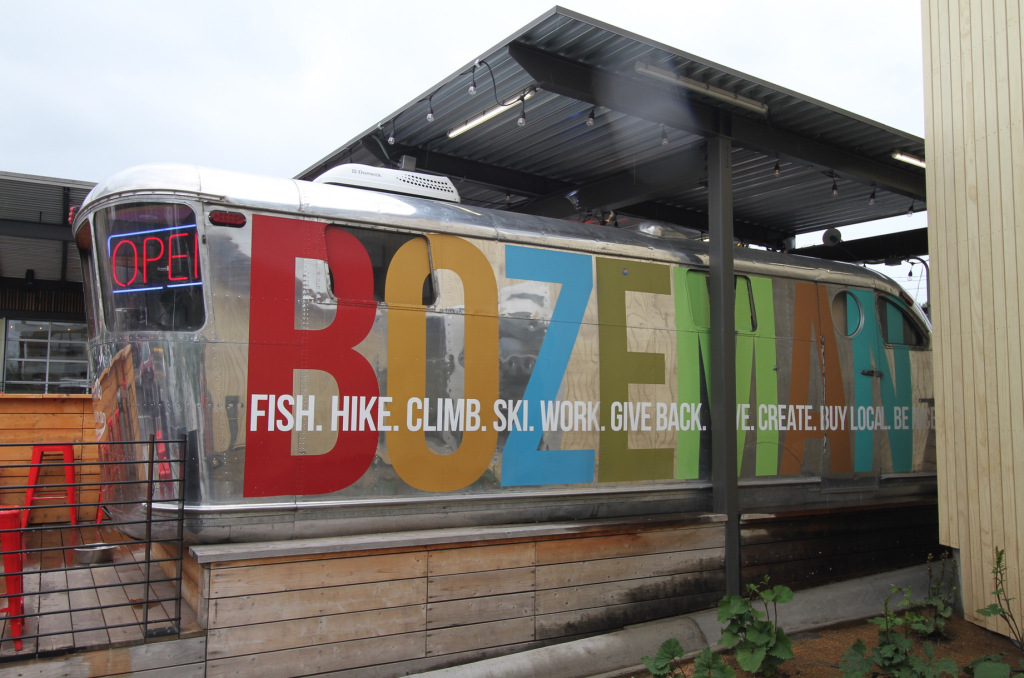
Toward the tail end of the historic stretch of Main Street, the Lark Hotel has been given a serious skin job from its previous life as the 1963 Imperial Inn (it must have been a pretty skimpy empire) by ThinkTank. The current covered outdoor seating area and fireplace was once the drive through car port. A segment of the old parking lot near the sidewalk sports a vintage Airstream camper that serves ice cream. And the parking lot next door is under construction as an infill extension of the hotel soon to open to the public.
Several block beyond the original Main Street portion of town is a post-World War II era suburban arterial lined with aging retail properties and empty parking lots. The city recently designated the area for revitalization. I did a quick Google search and found all the usual resistance to change by local property owners who insisted this was “social engineering.”
Ah, yes. All those crazy communists in rural Montana are out to destroy your way of life by renovating the dead auto parts shop and old linoleum emporium. I feel your pain, Madam. Be strong.
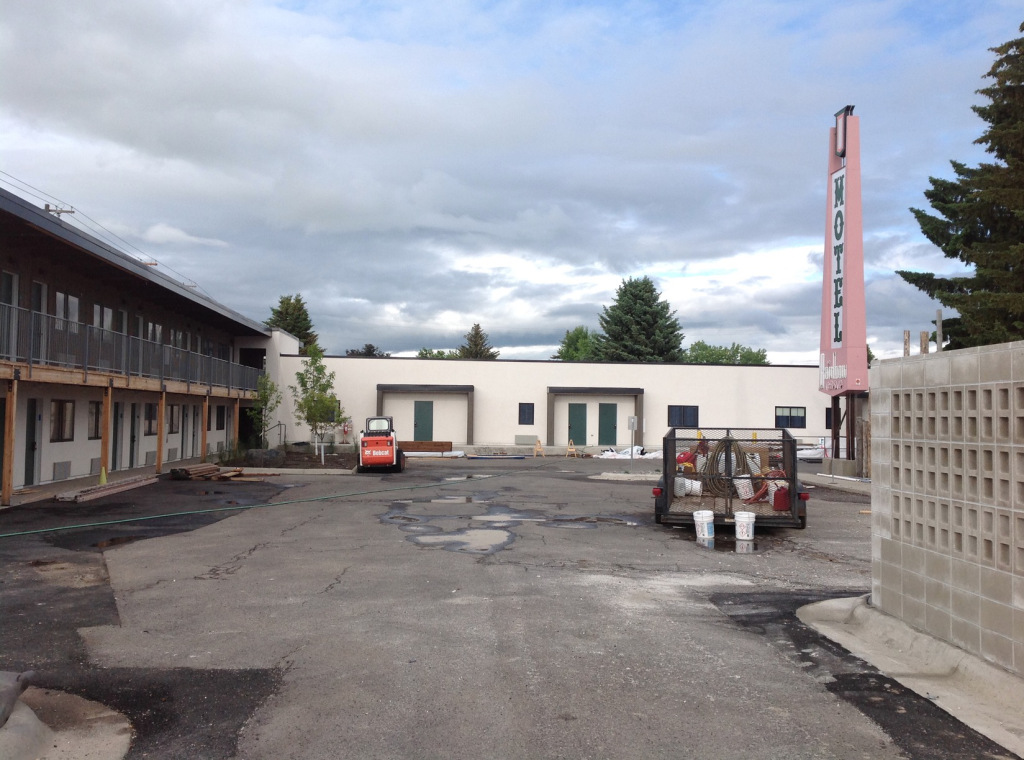
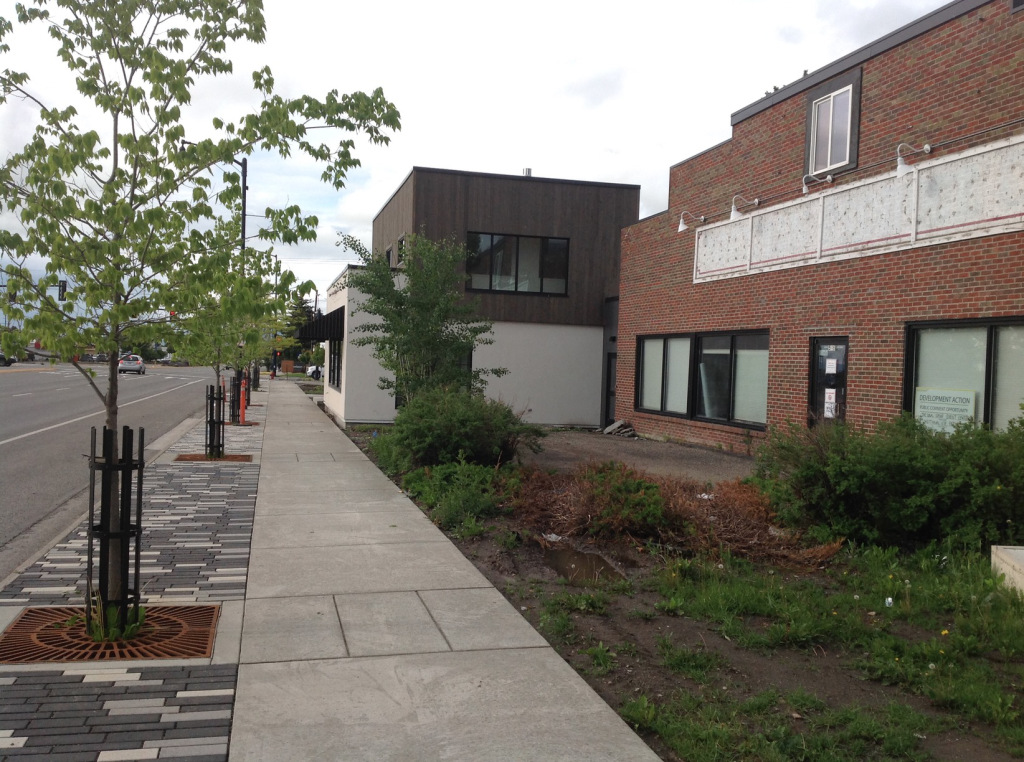
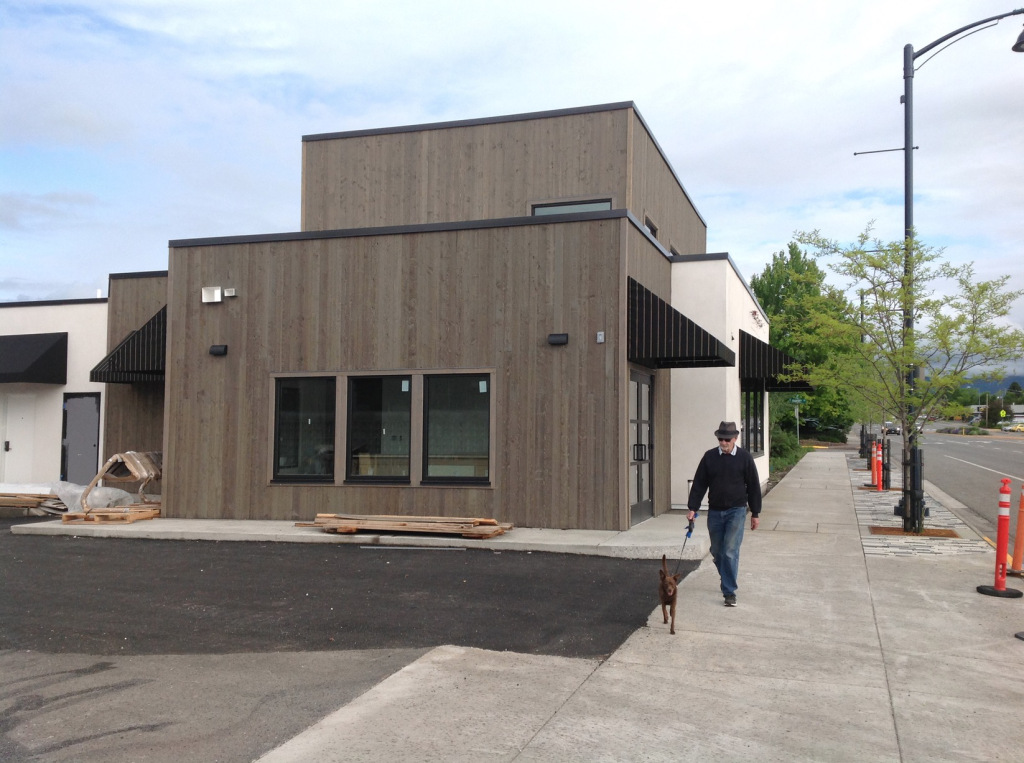

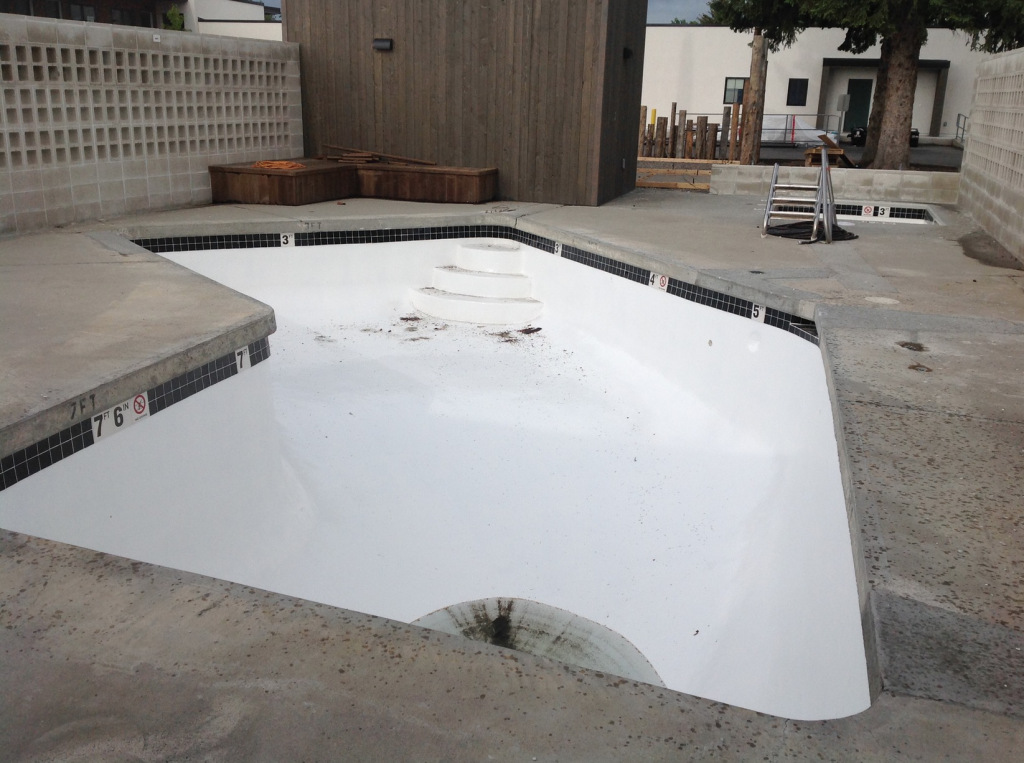

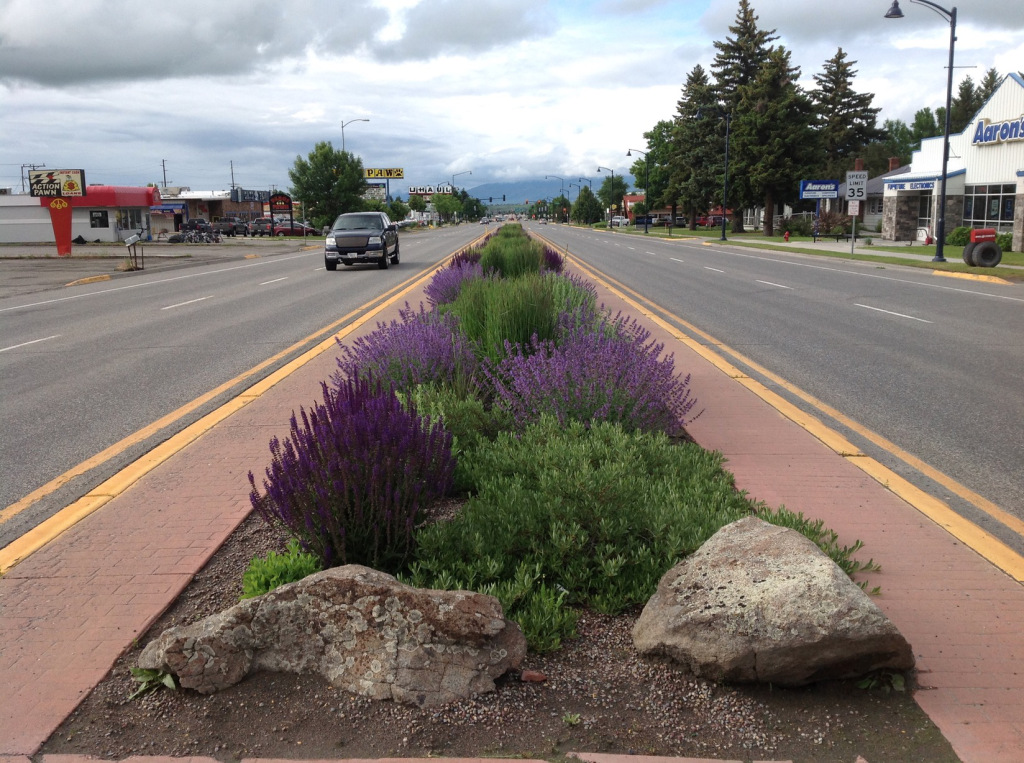
The defunct Rainbow Motel is getting the full treatment by Love Schack Architecture. I can tell you that nothing of this kind happens without boatloads of money and considerable political influence. In the case of this failing motel it didn’t hurt that the project is backed by a prosperous entrepenureal family of wheat farmers with significant local clout. They’re also responsible for the reinvention of the Sacajawea Hotel in a nearby town.
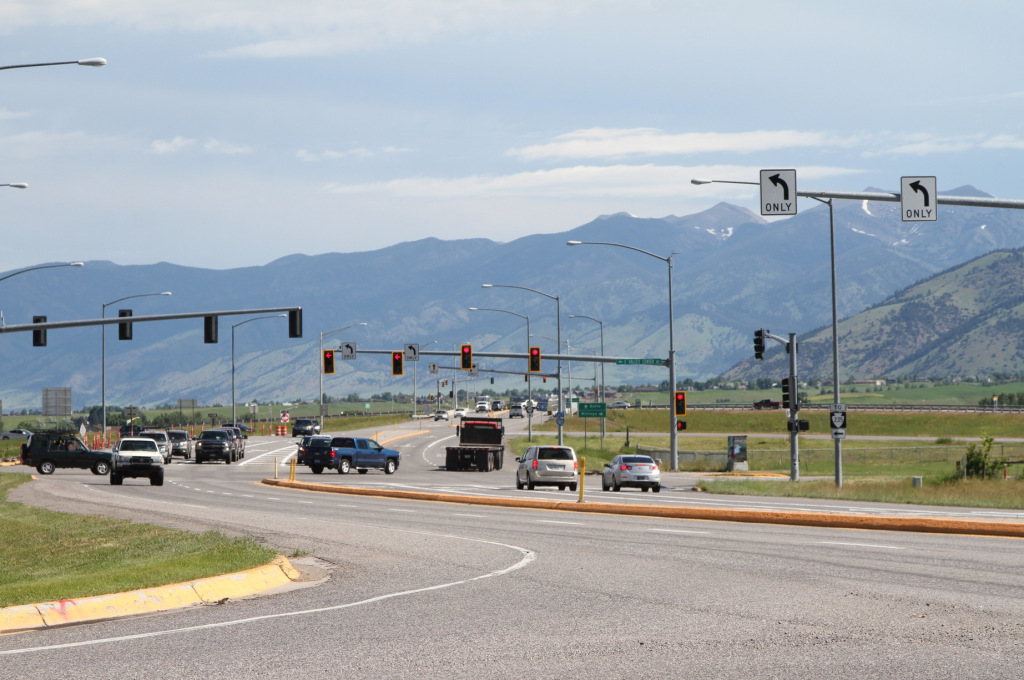
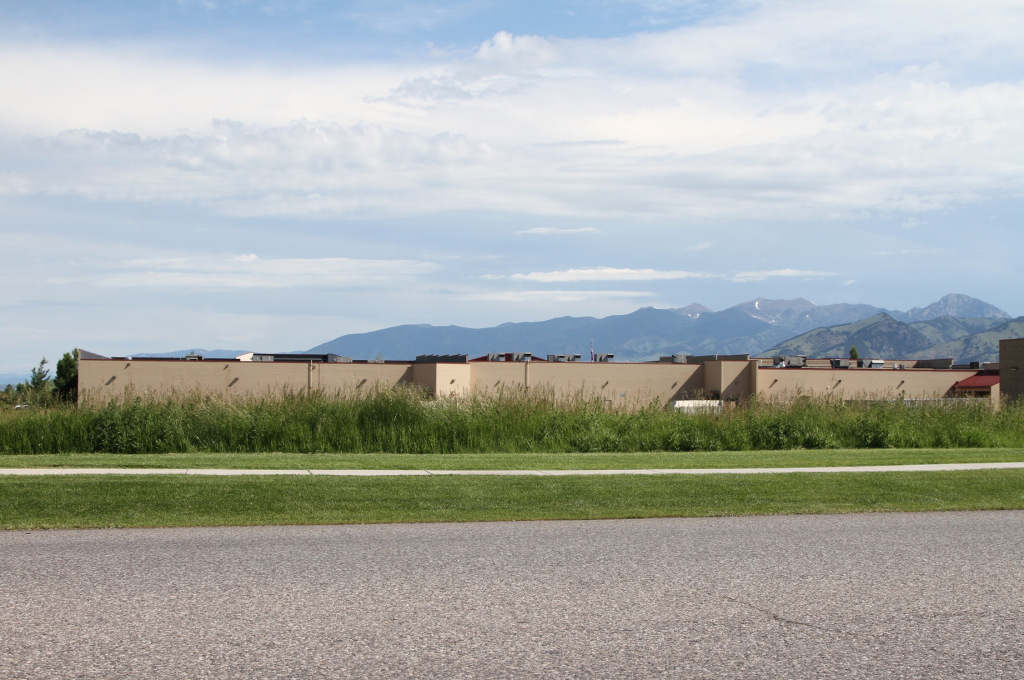
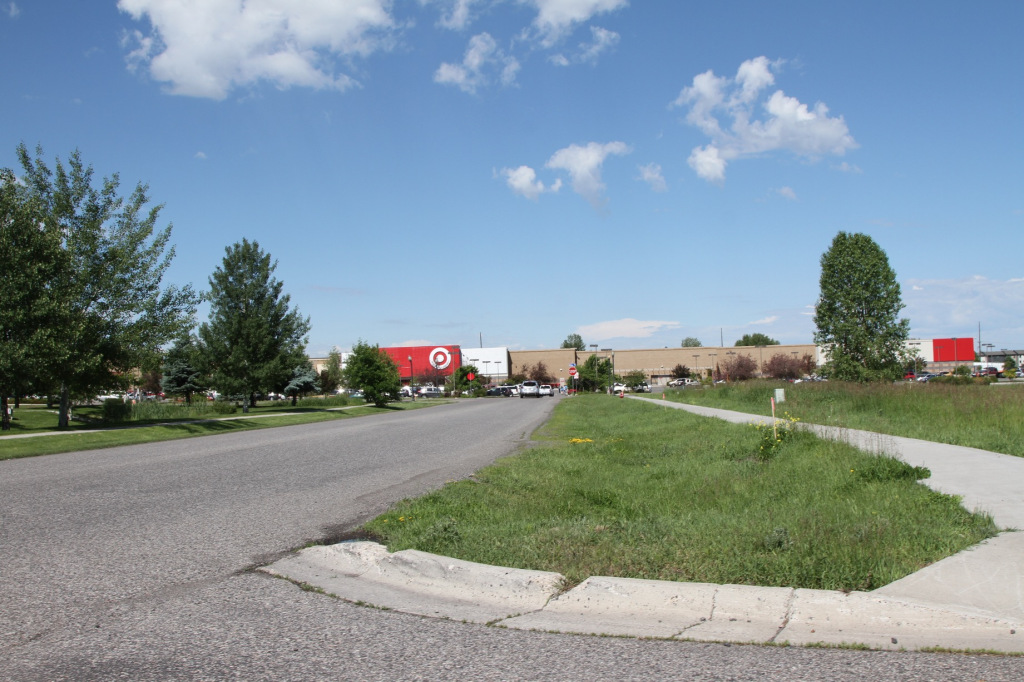

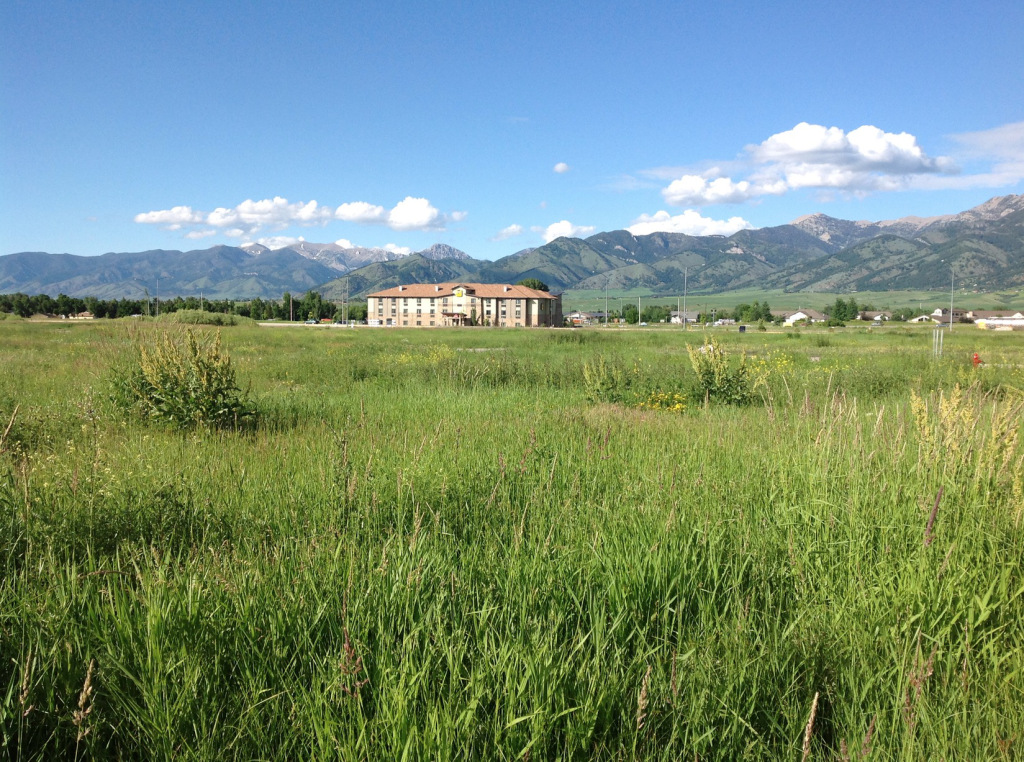
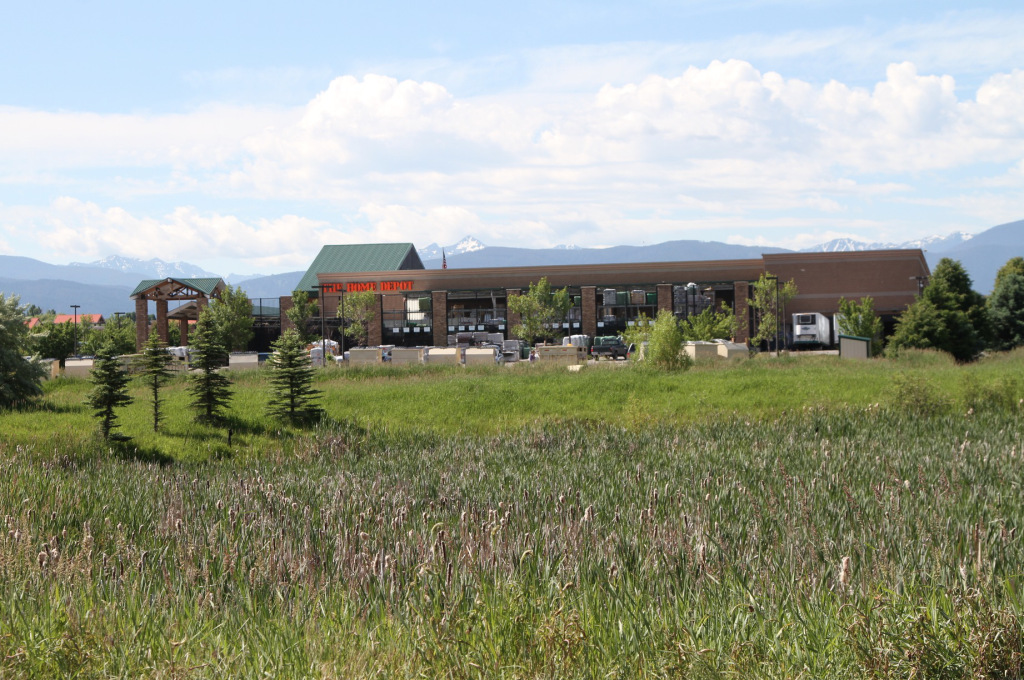
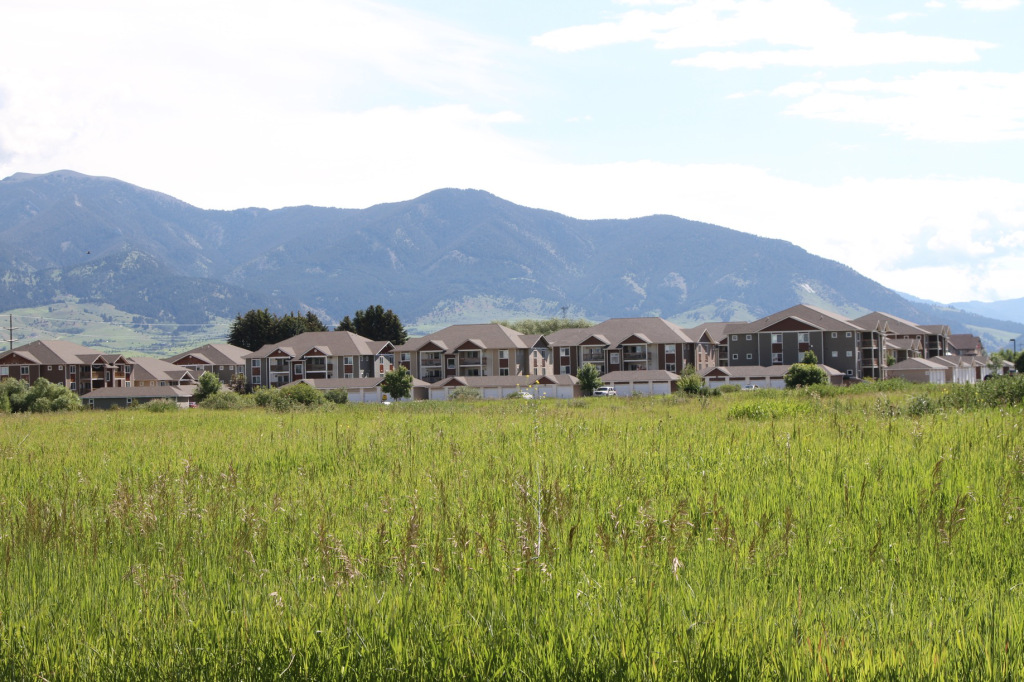
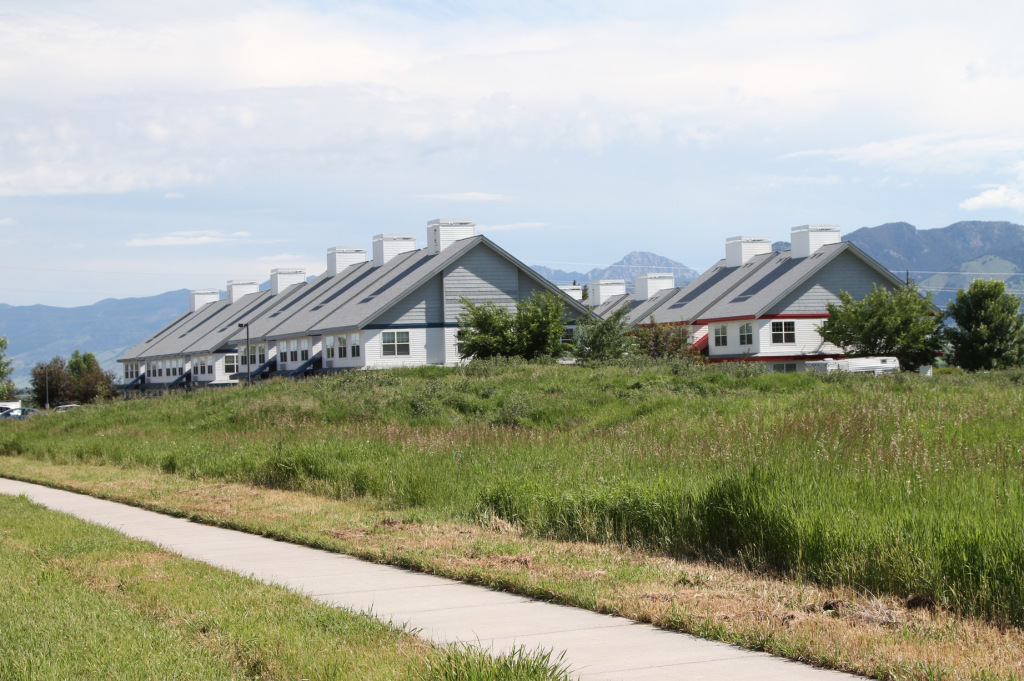
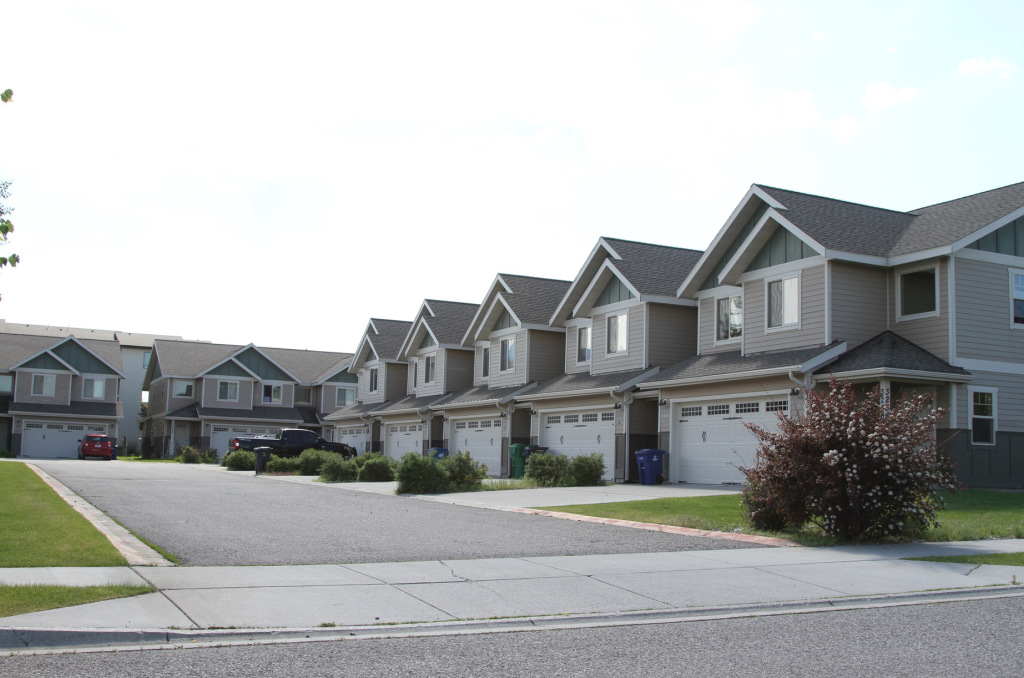
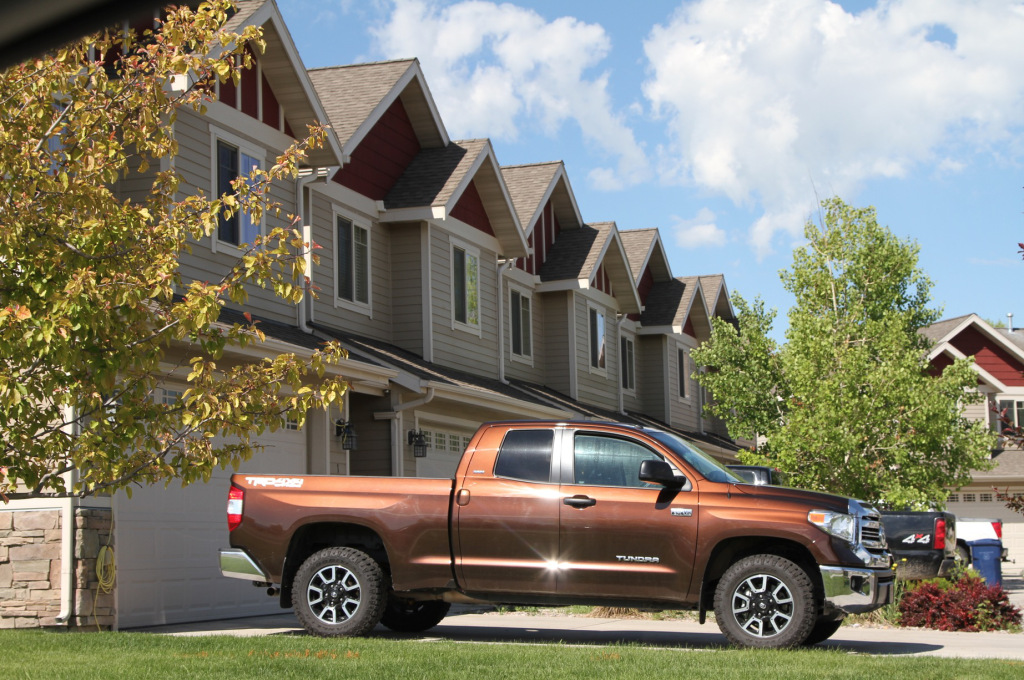
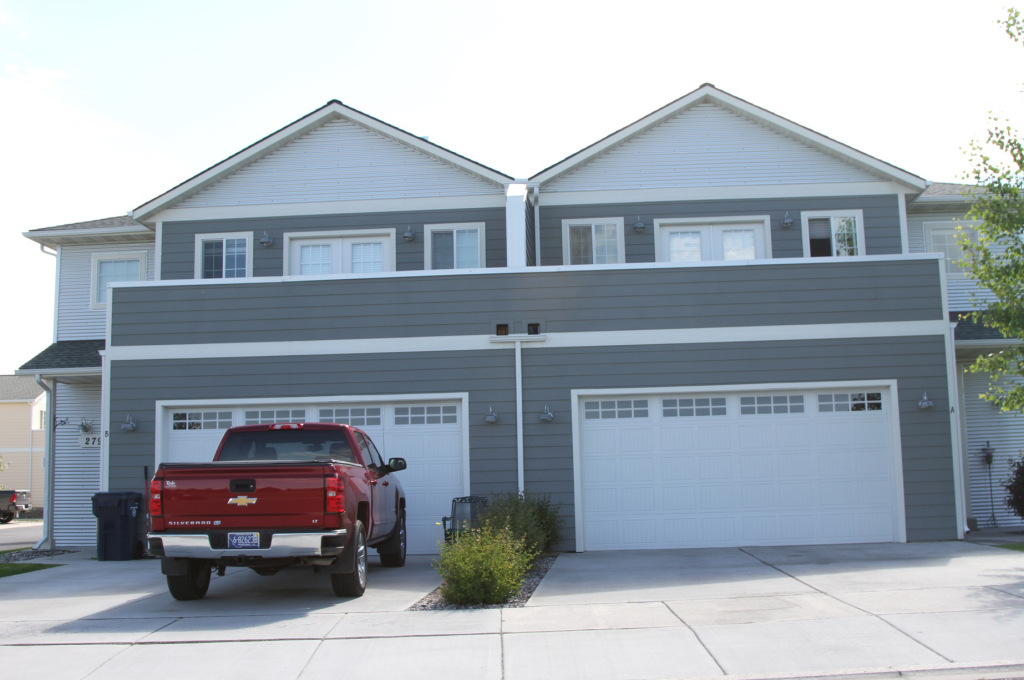
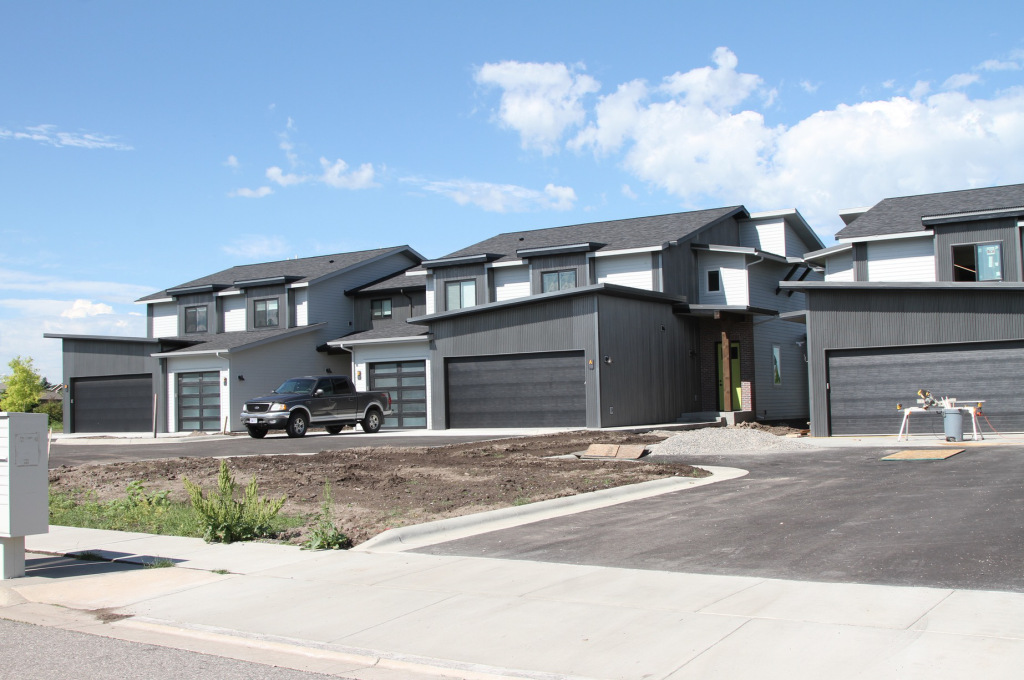
But all my geeky fixations over lovingly designed artisanal retrofits are a tiny footnote relative to the overwhelming growth that’s taking place on freshly annexed parcels out on the edge of Bozeman. And the volume of new stuff already greatly outweighs whatever was built just a few decades ago.
The traditional core of the city is a cute little snow globe bauble decorating the much larger array of garden apartment complexes, big box power centers, and trophy homes strung out along the Interstate. For all I know, these too will someday be treasured artifacts of a lost golden age.
Seventy years from now, young people may rejoice in their good fortune to find an original 2018 townhouse with original fixtures intact! Enterprising developers might just throw themselves at the carcasses of long vacant Marriott/Hilton/Holiday/Suites/Home/Hill/Garden/Inns. But I’ll be dead by then.


